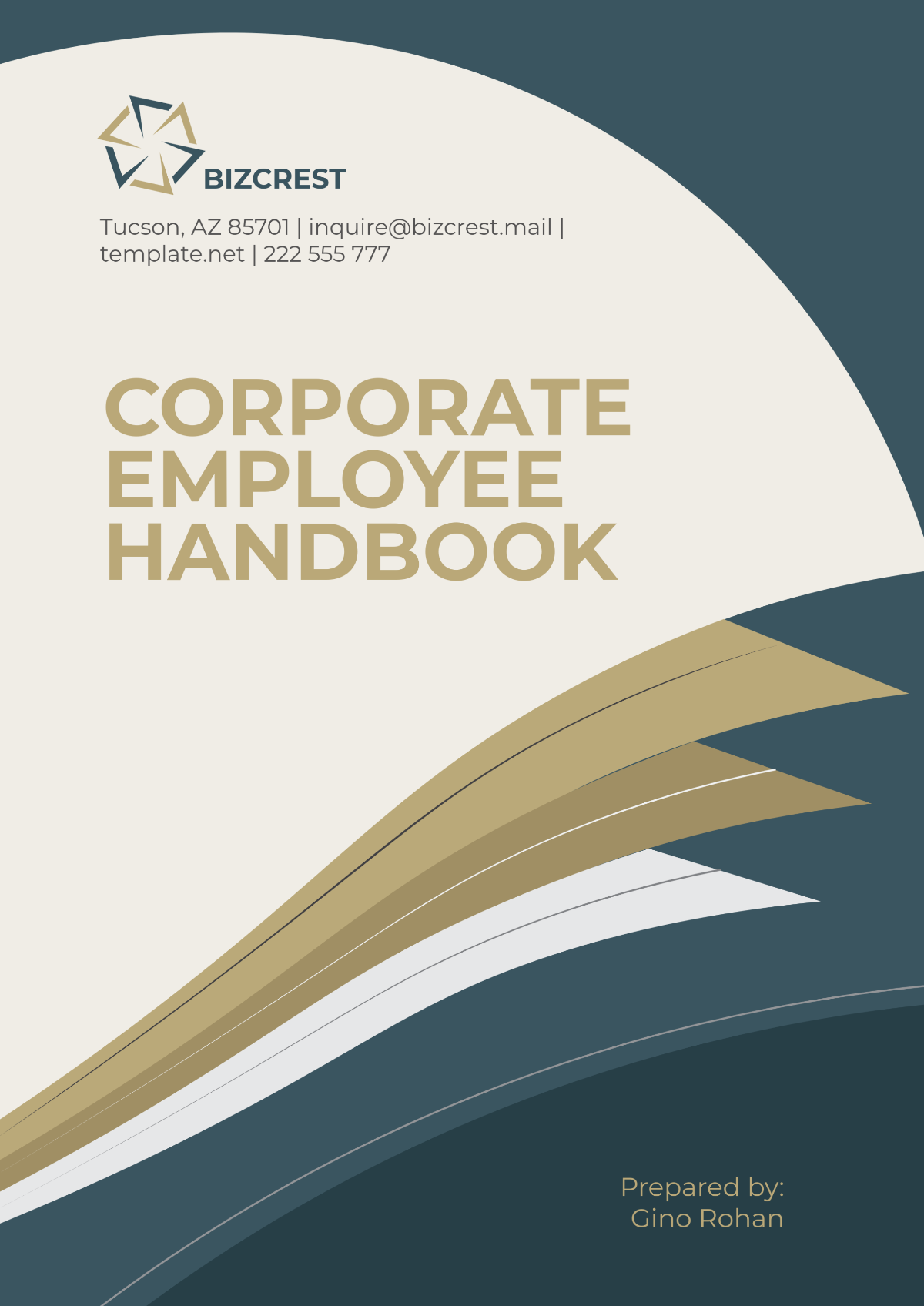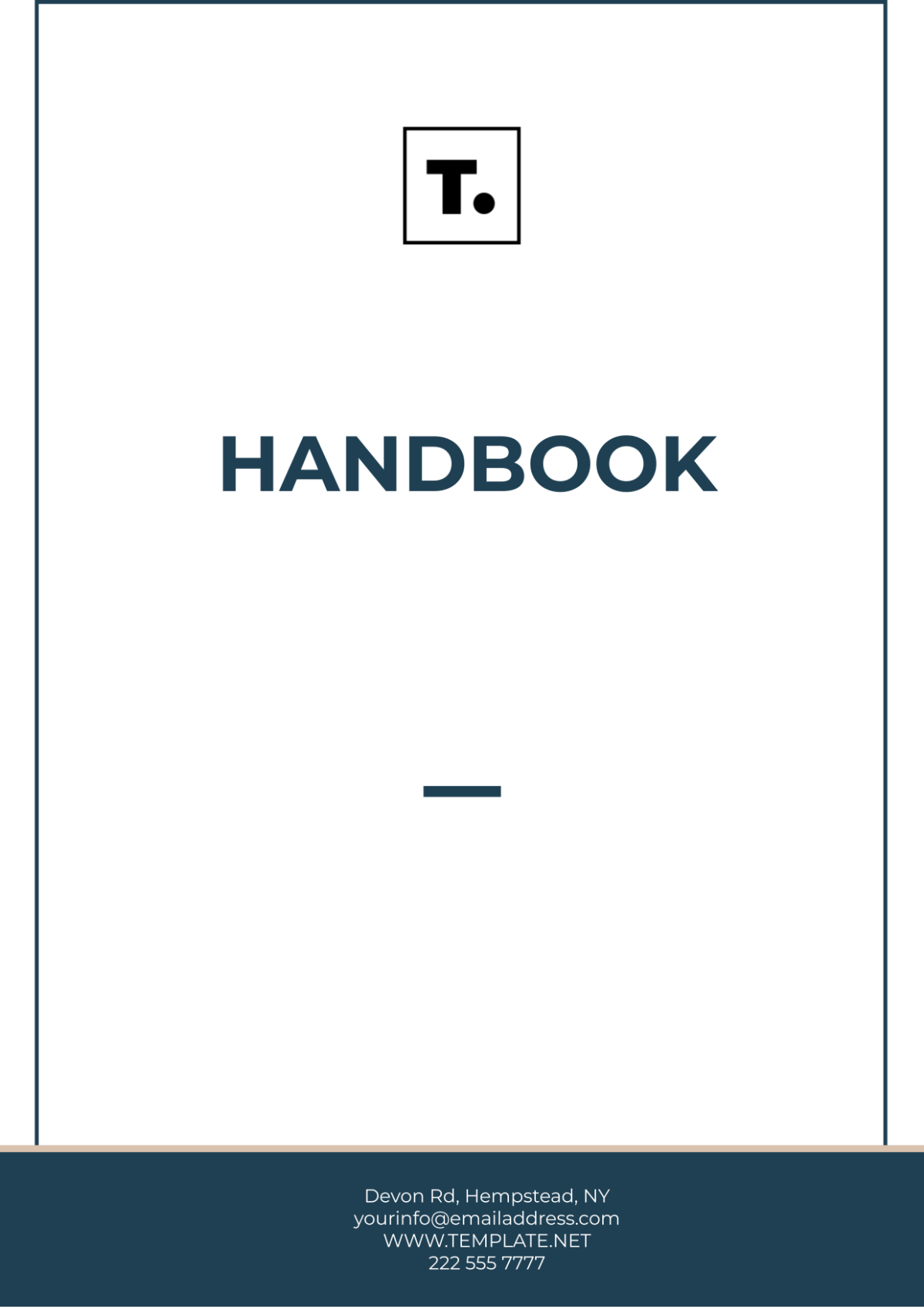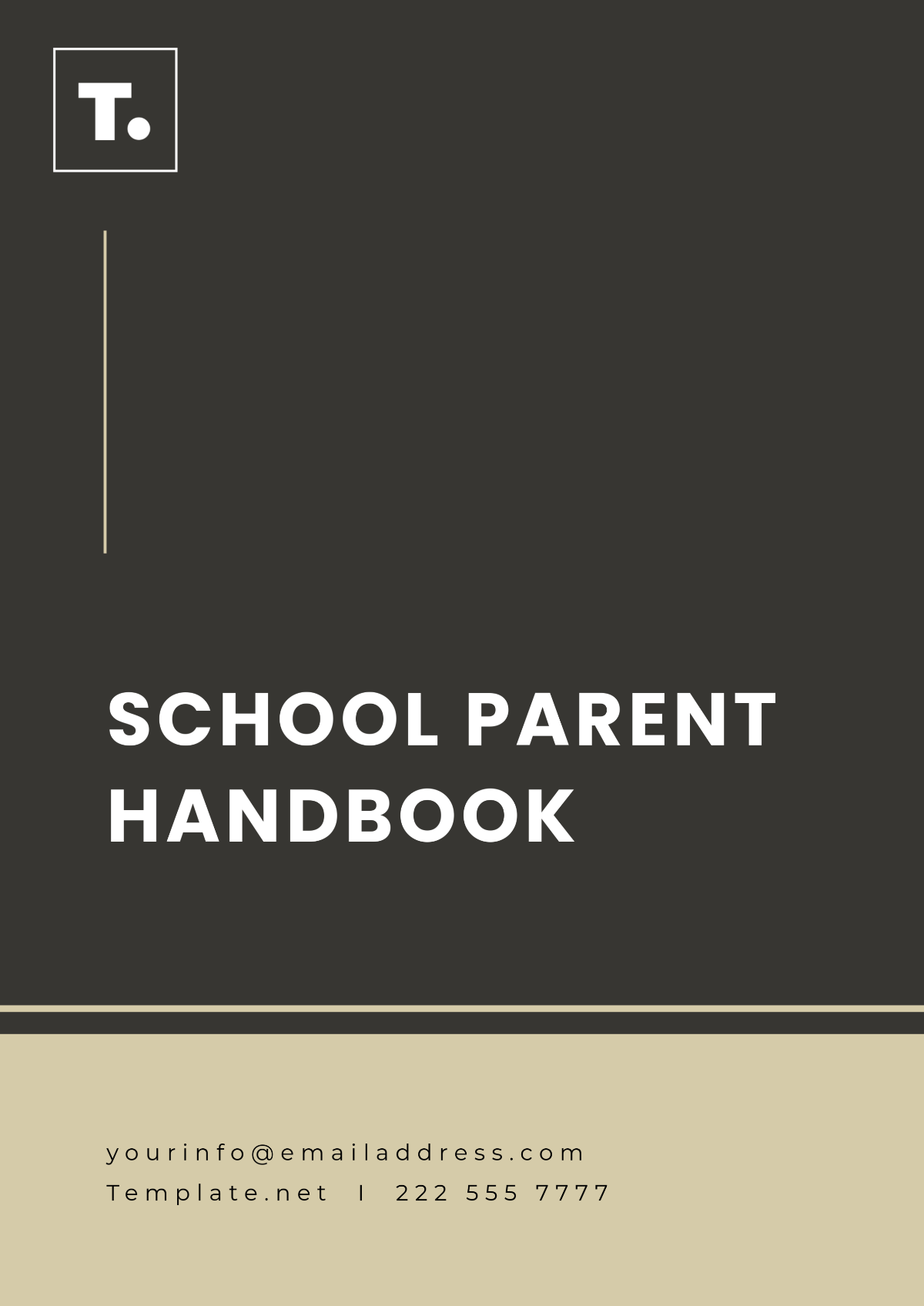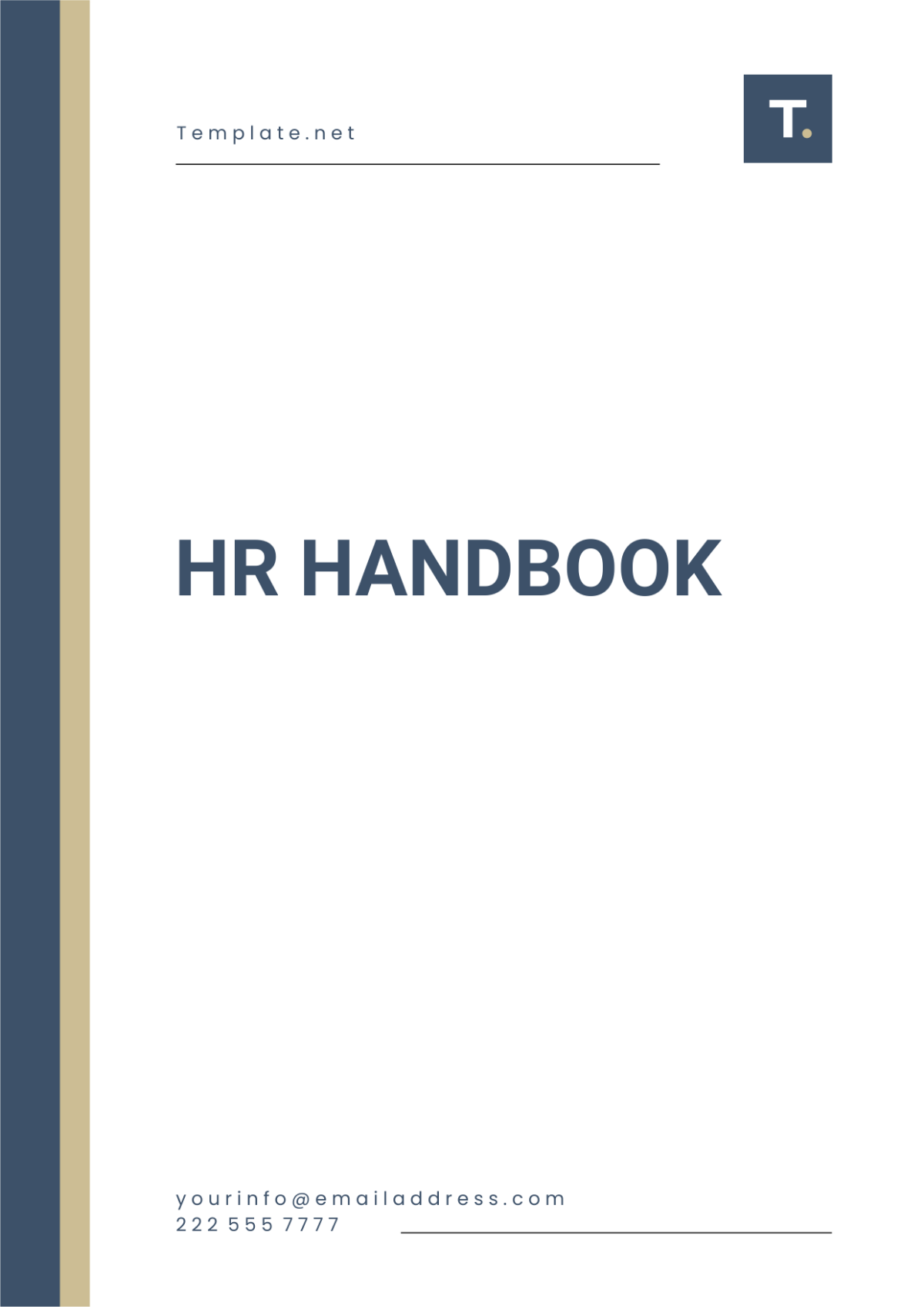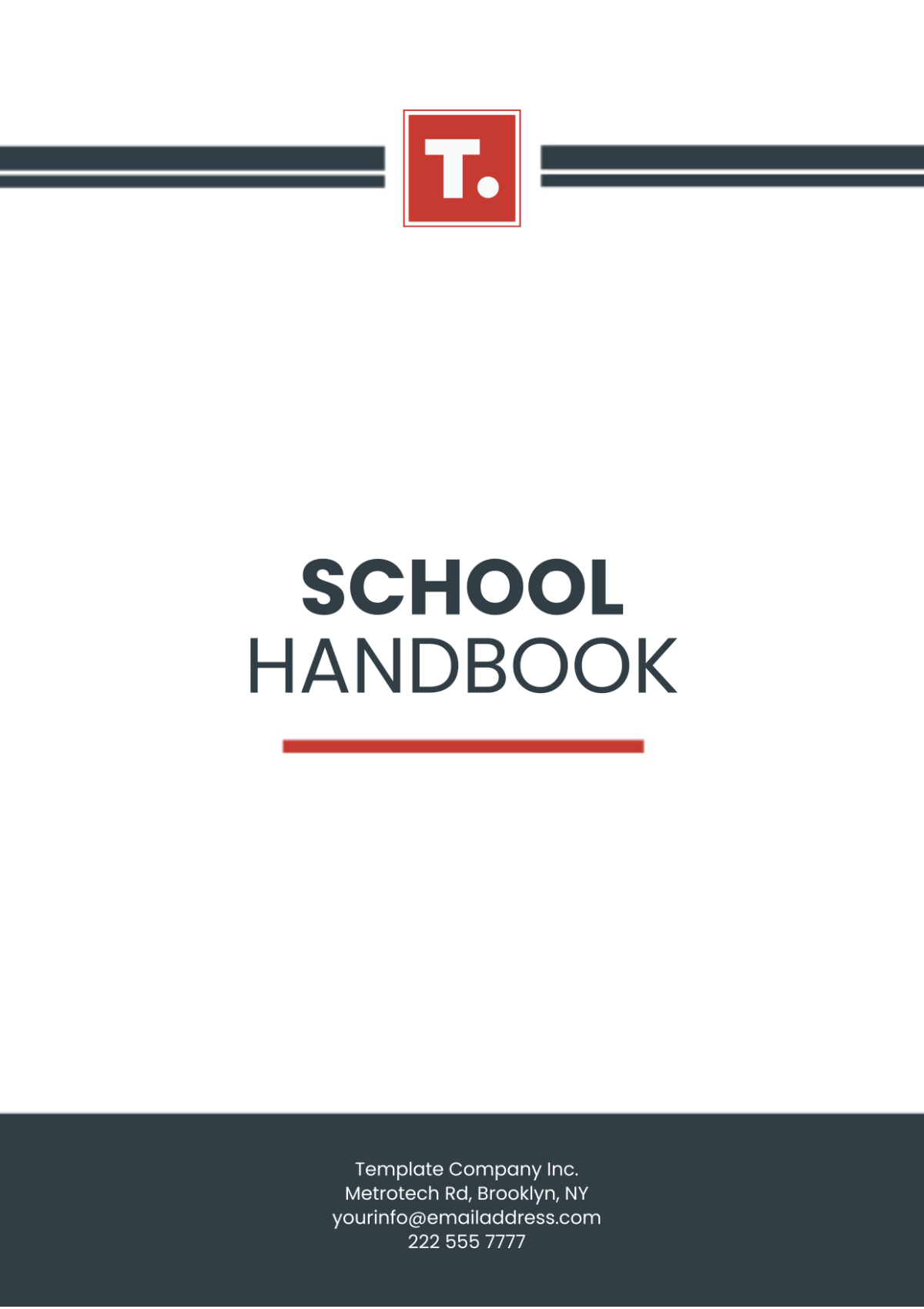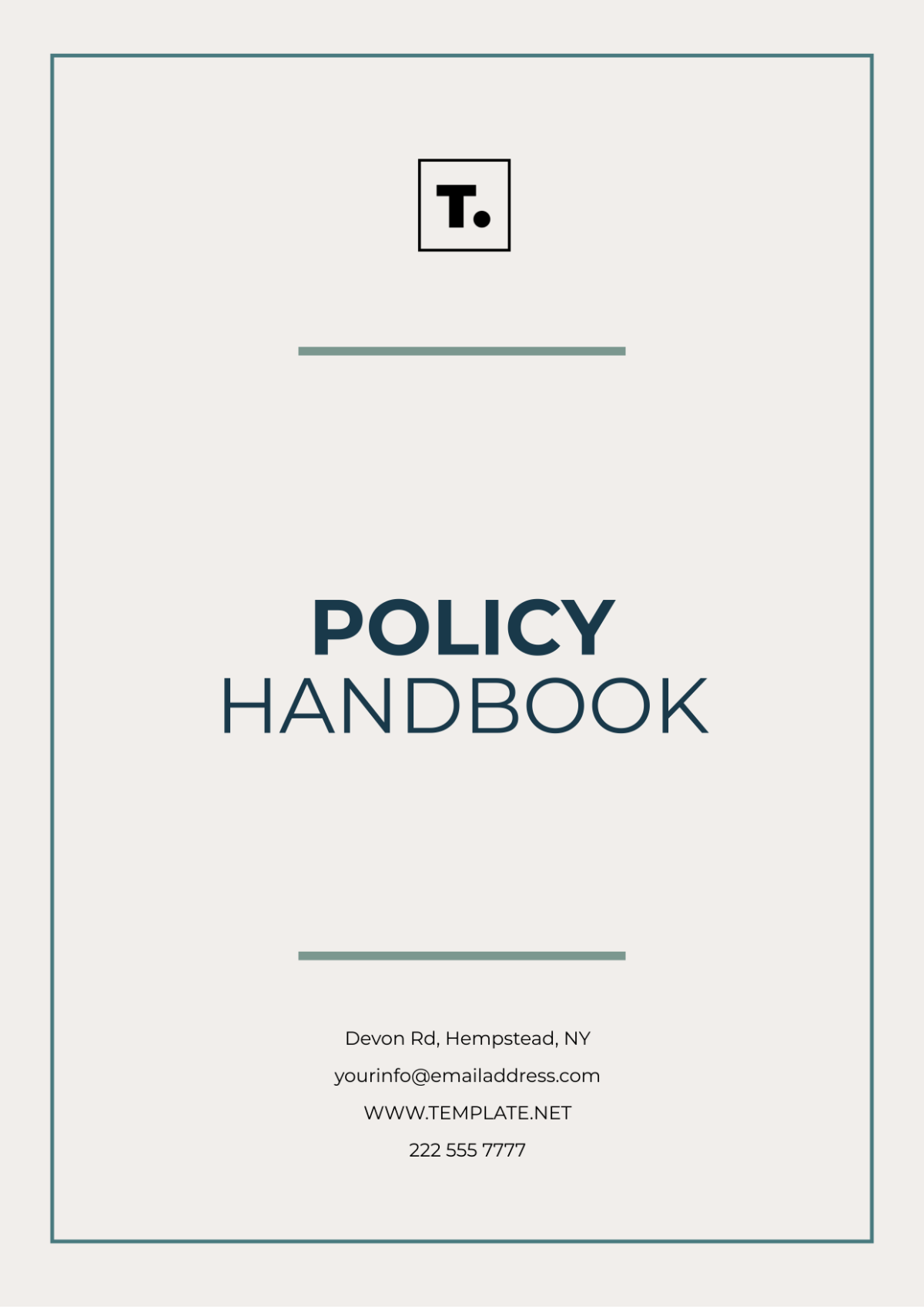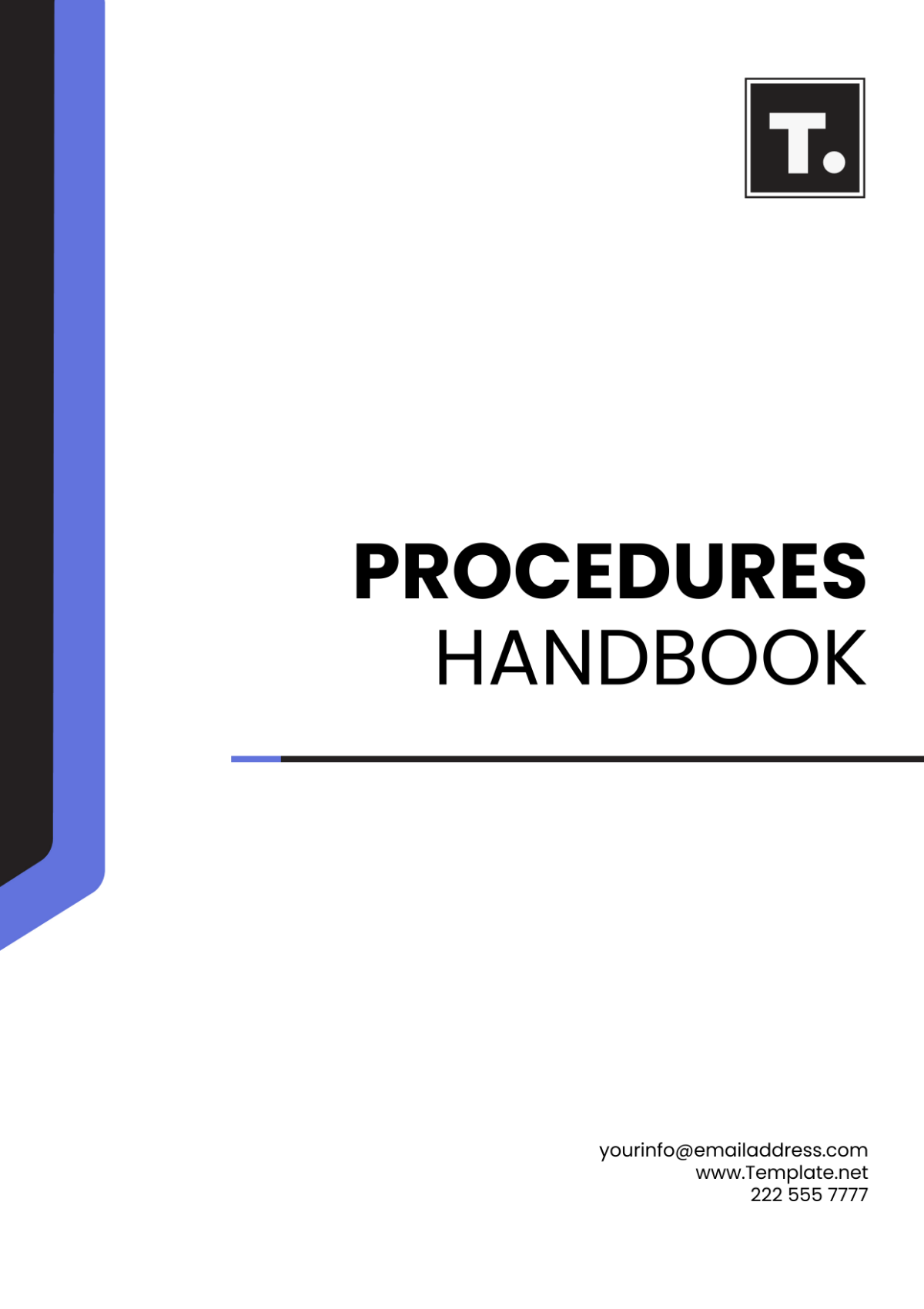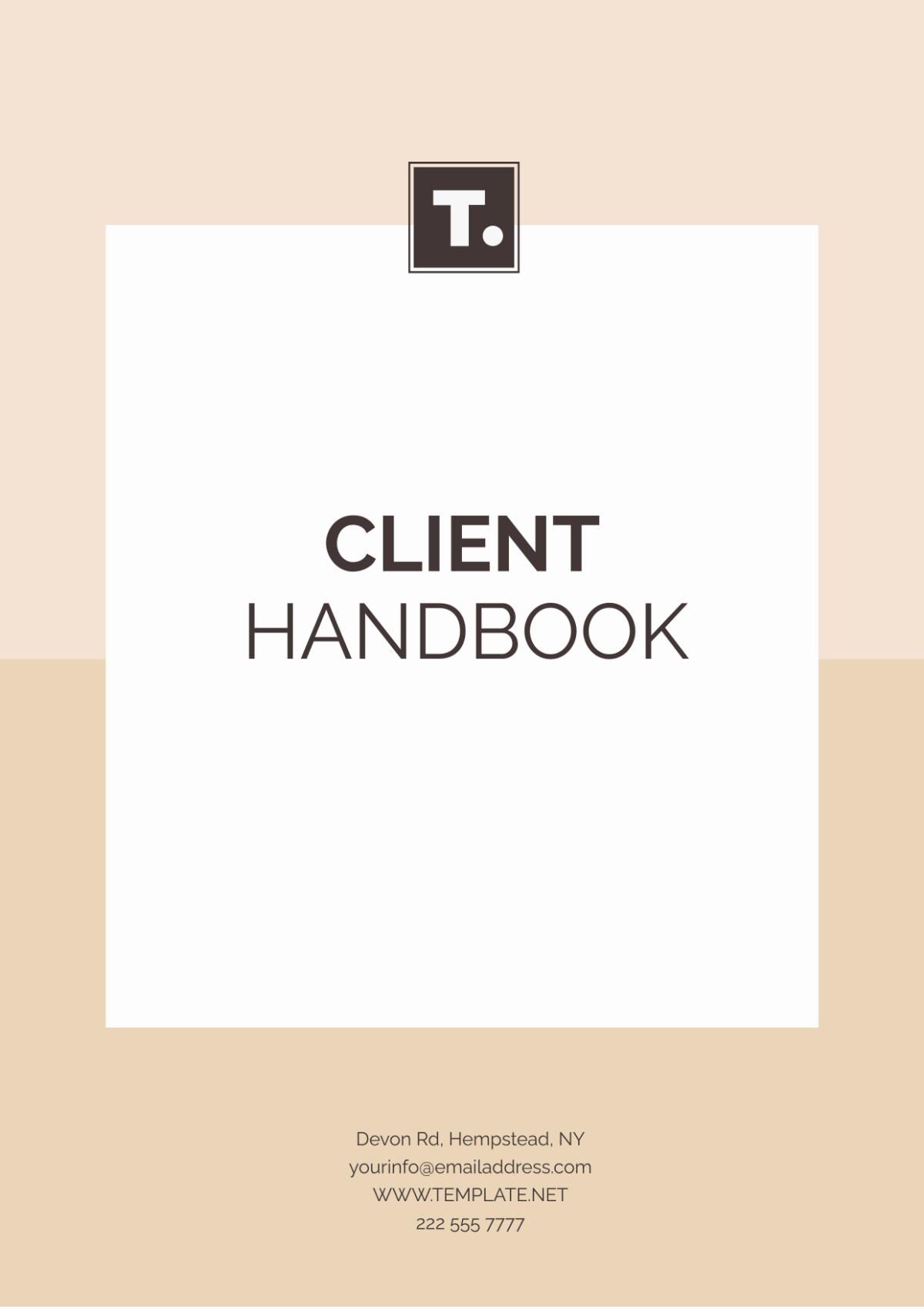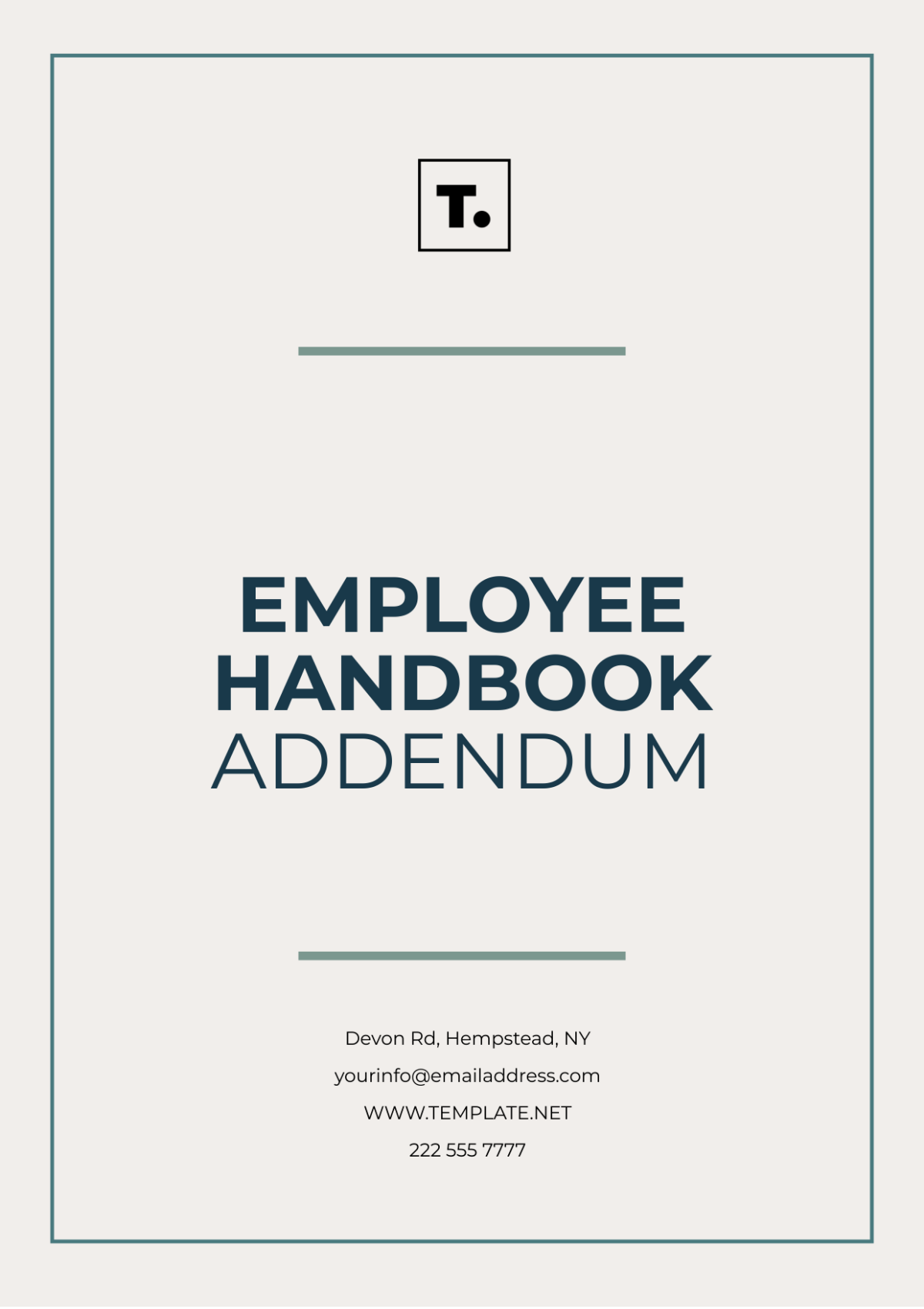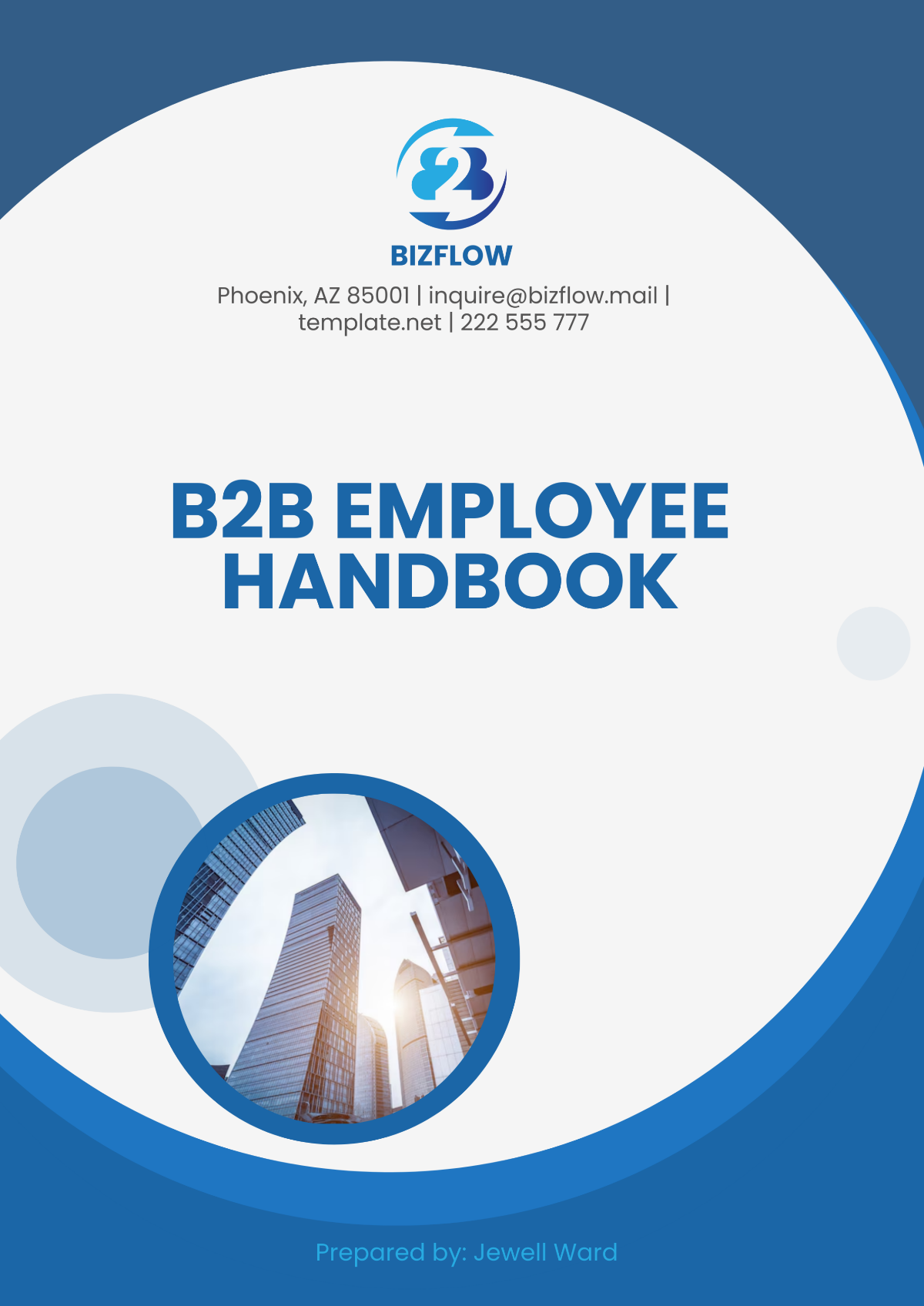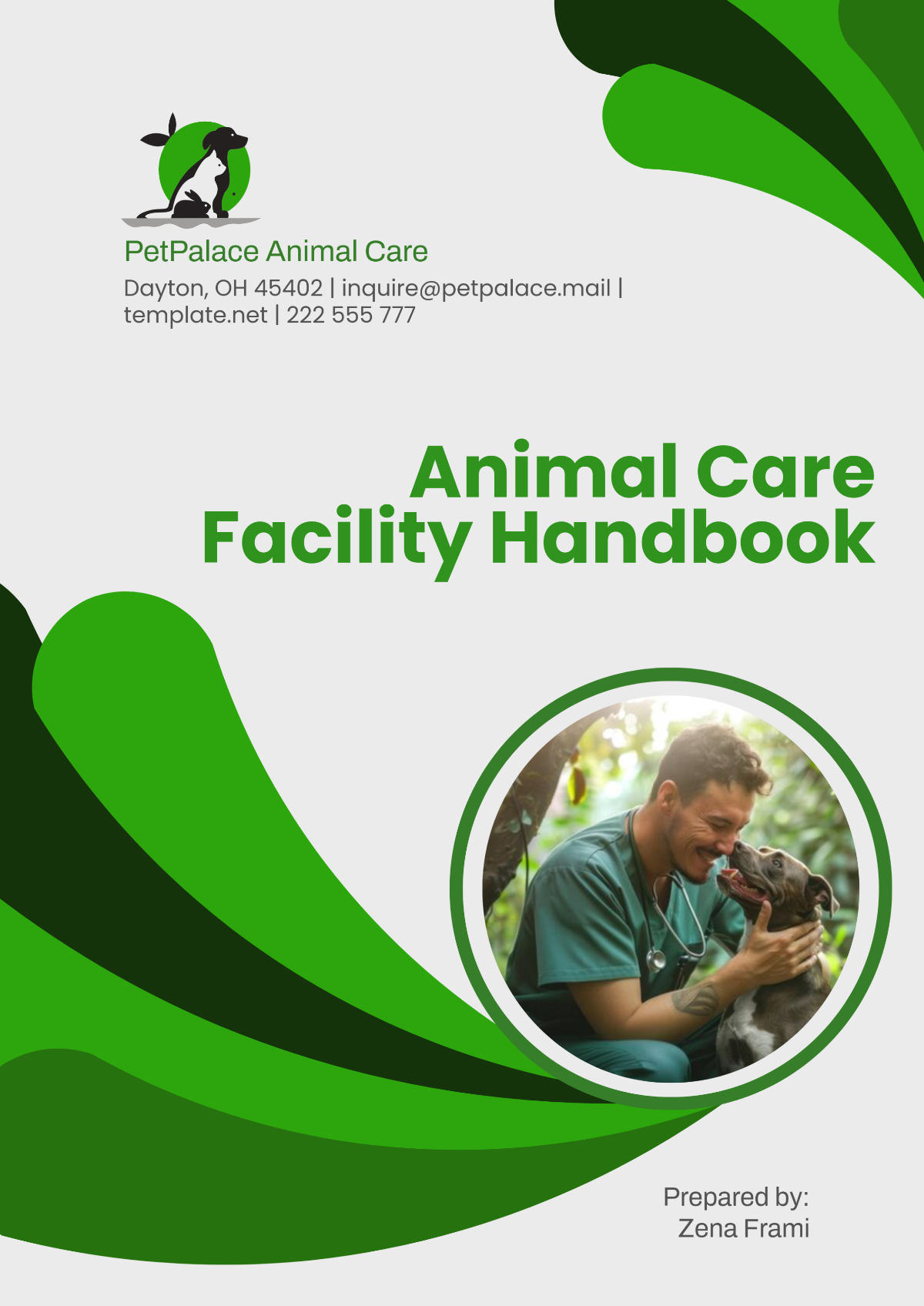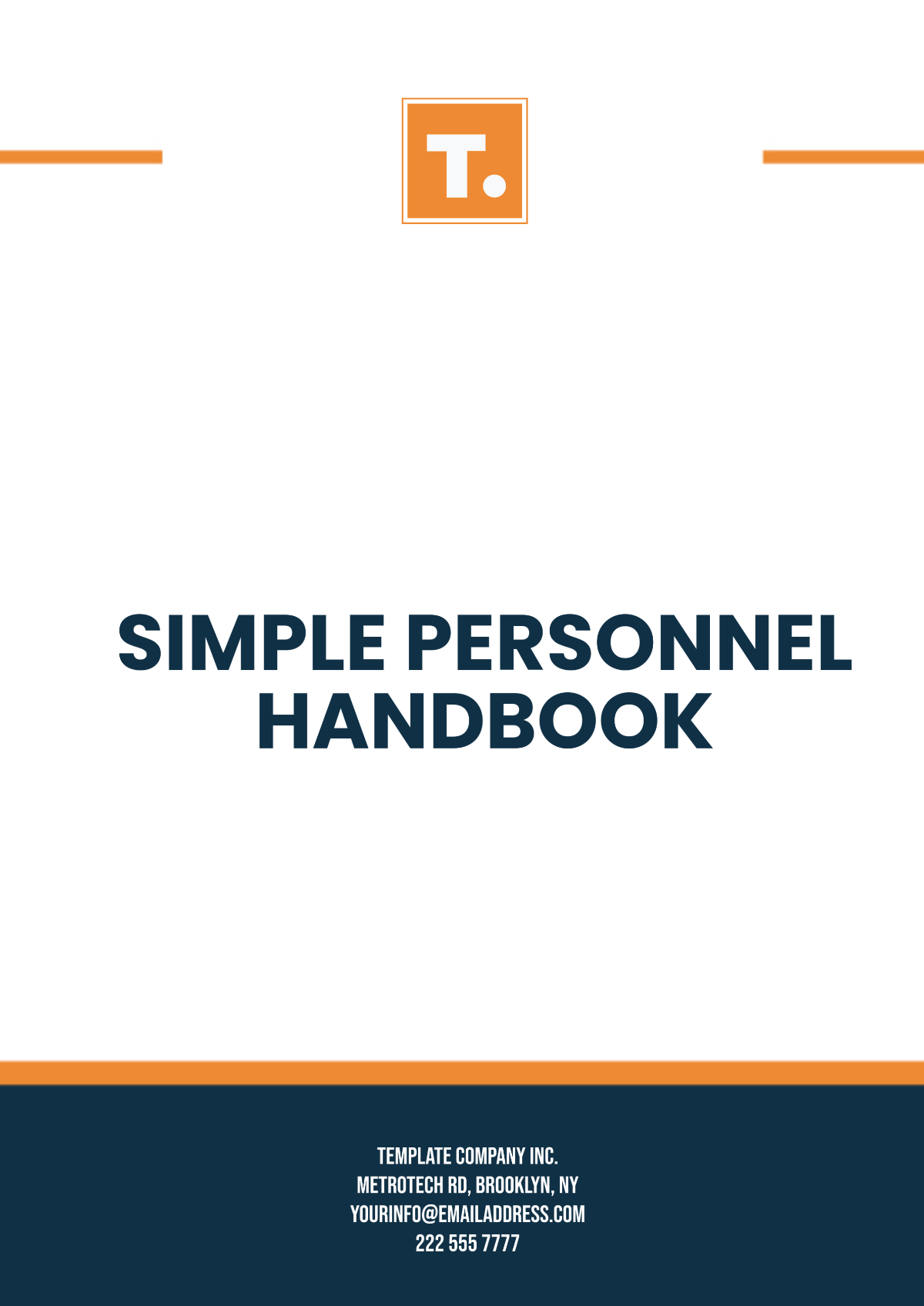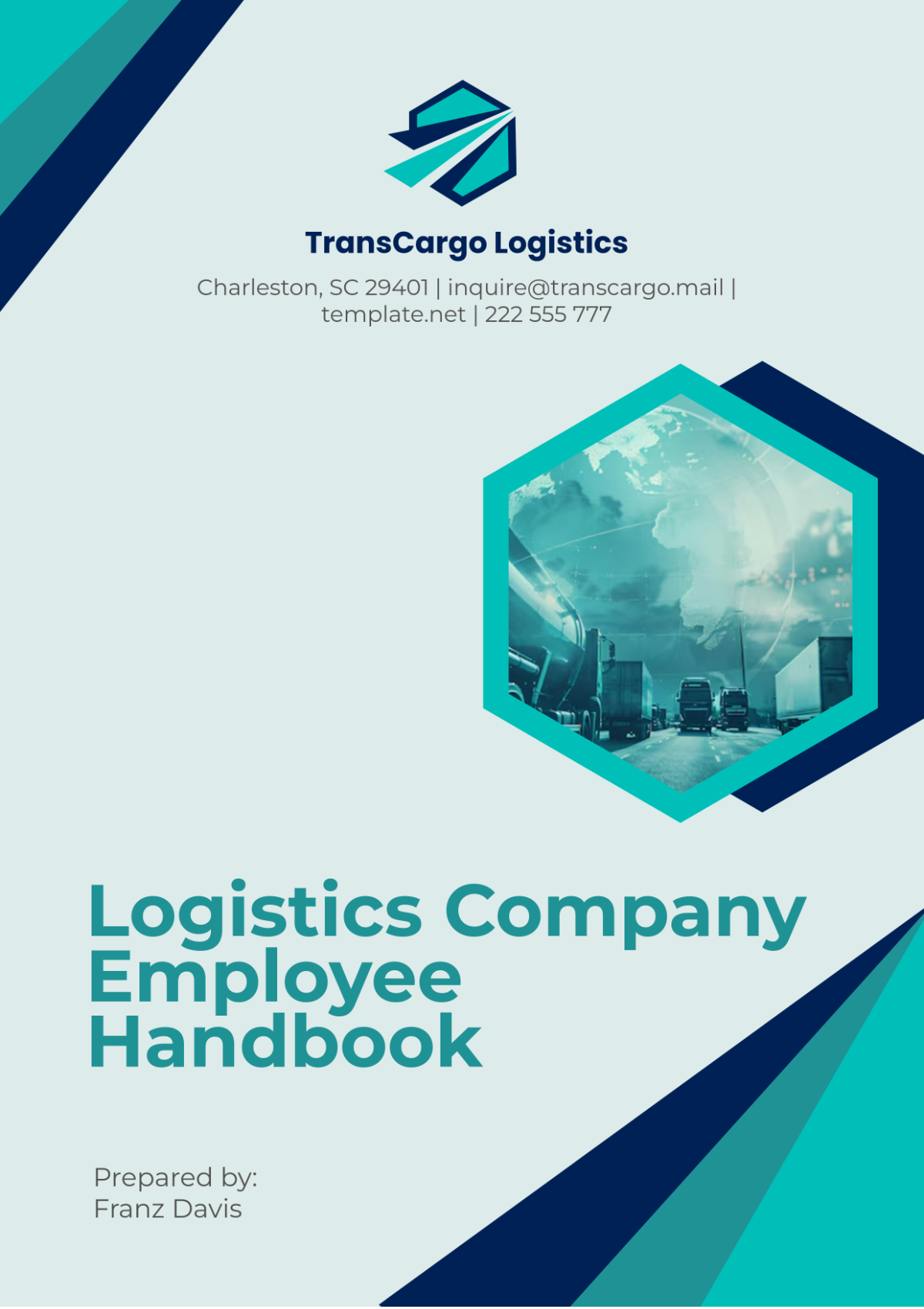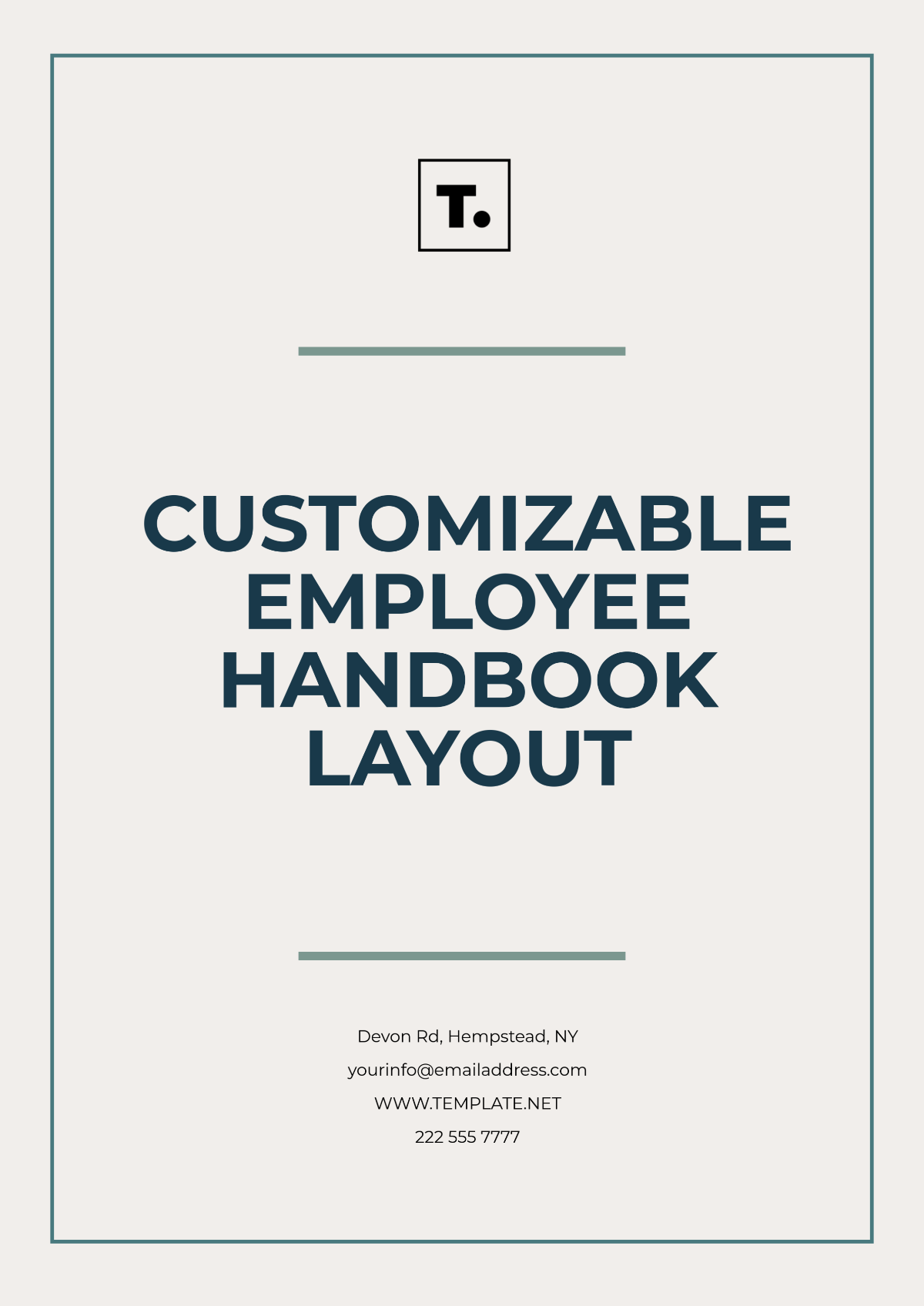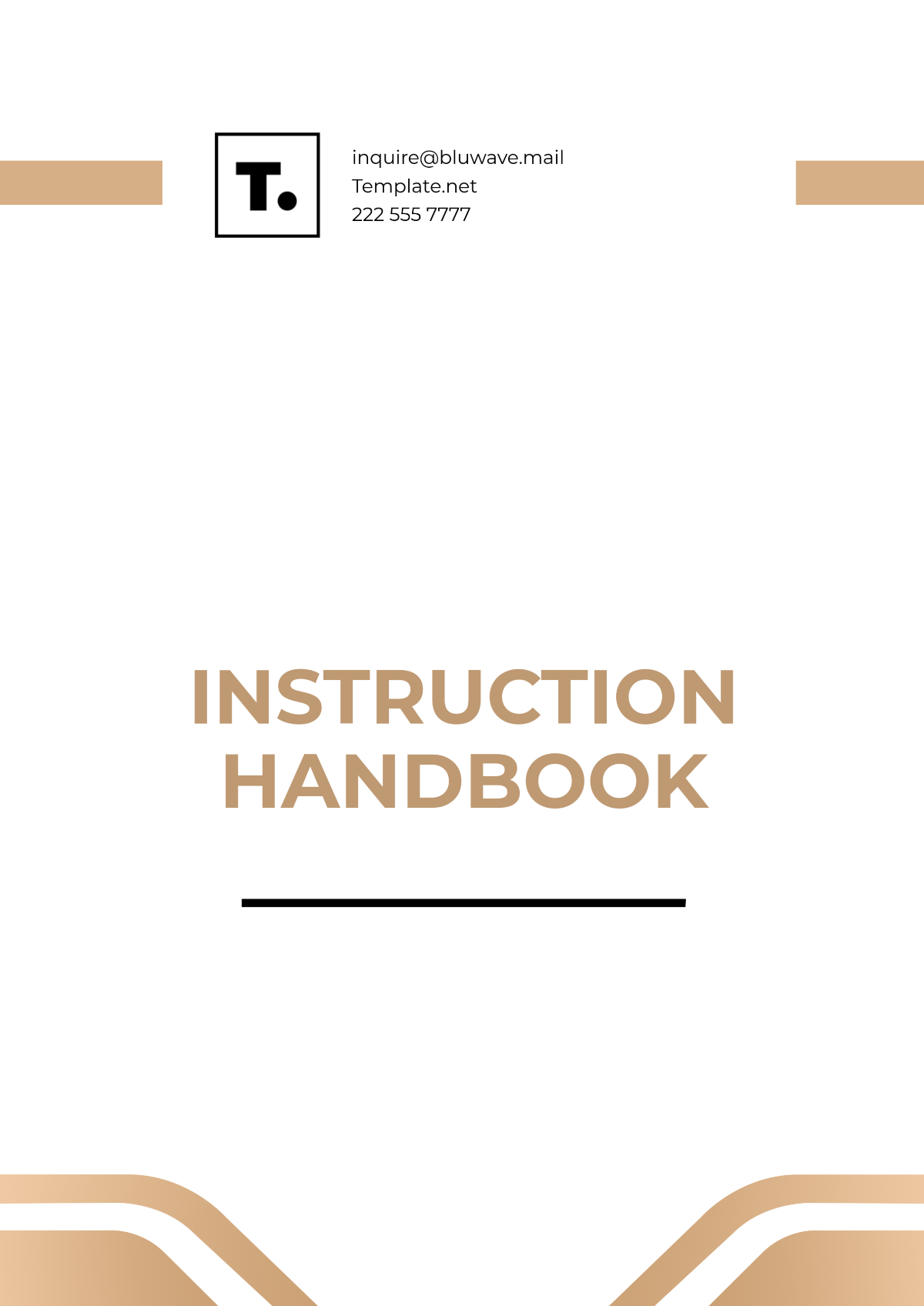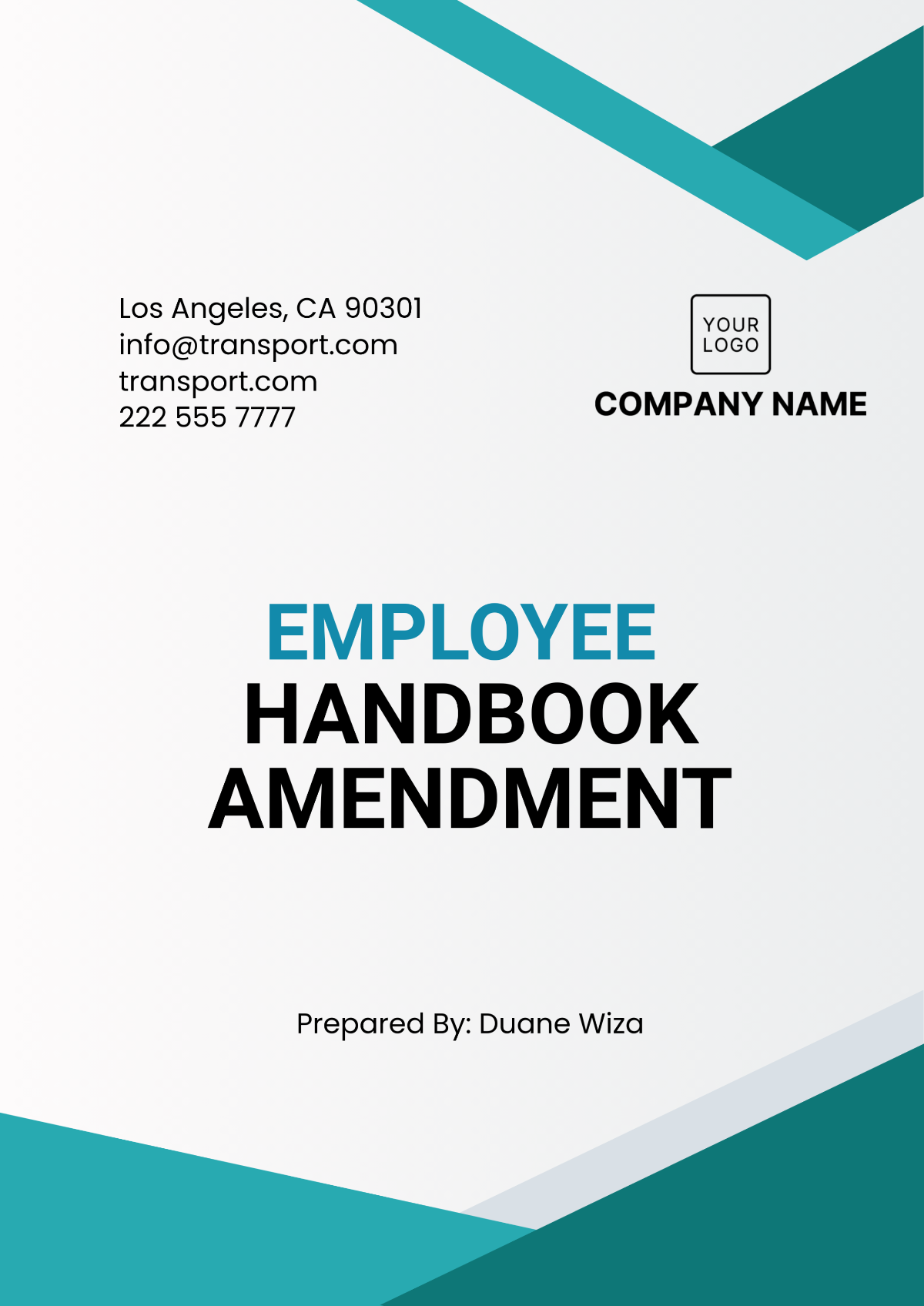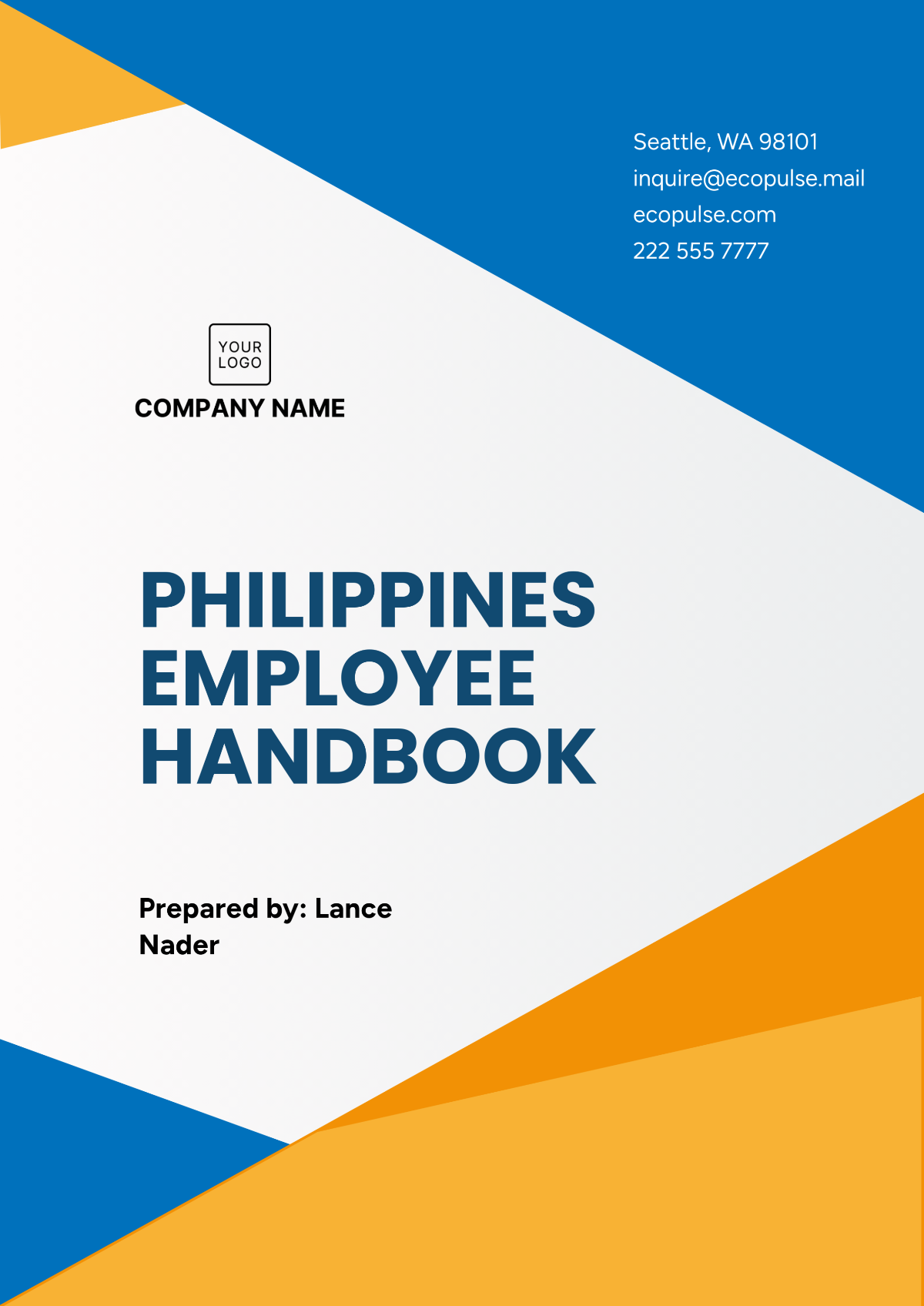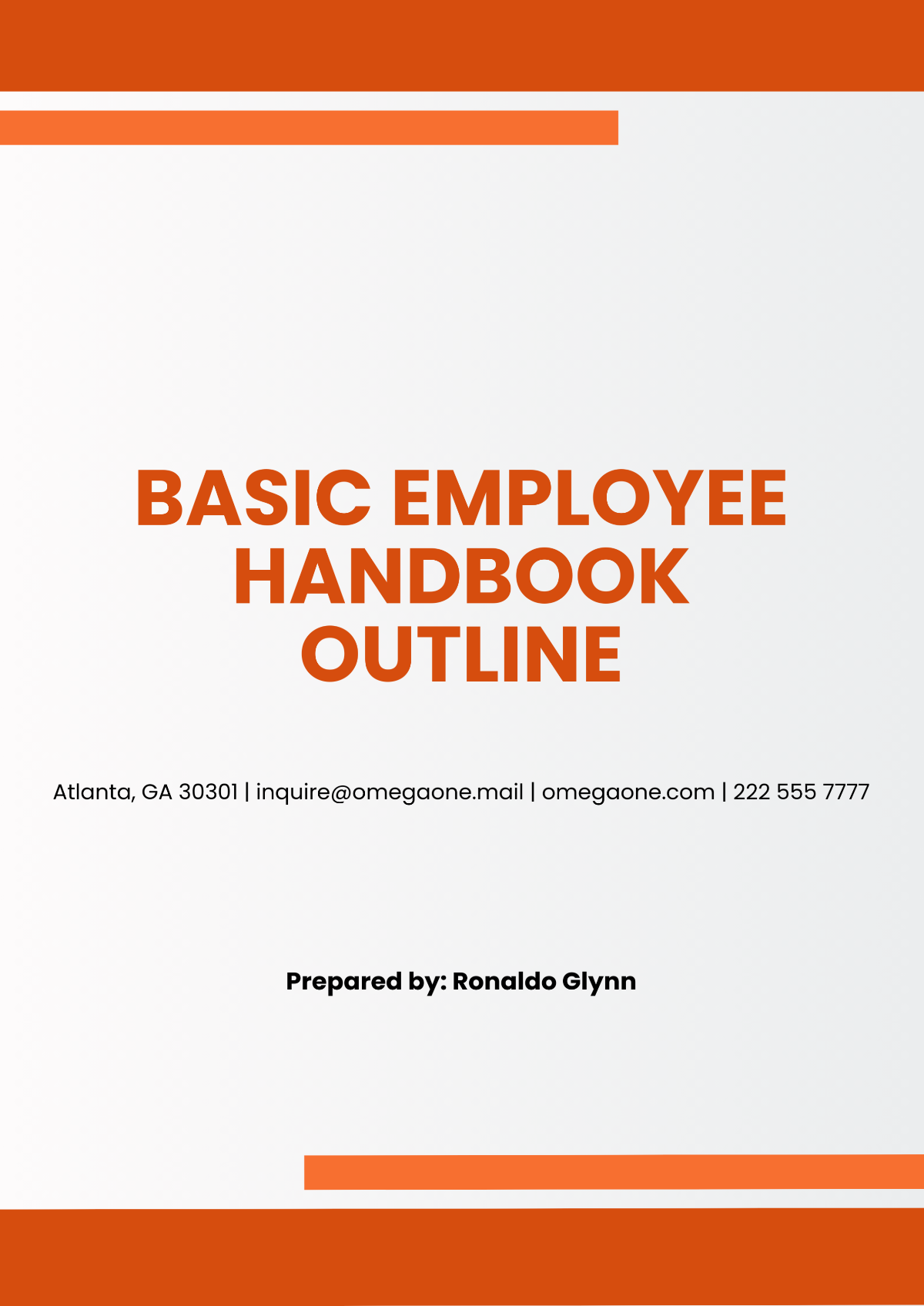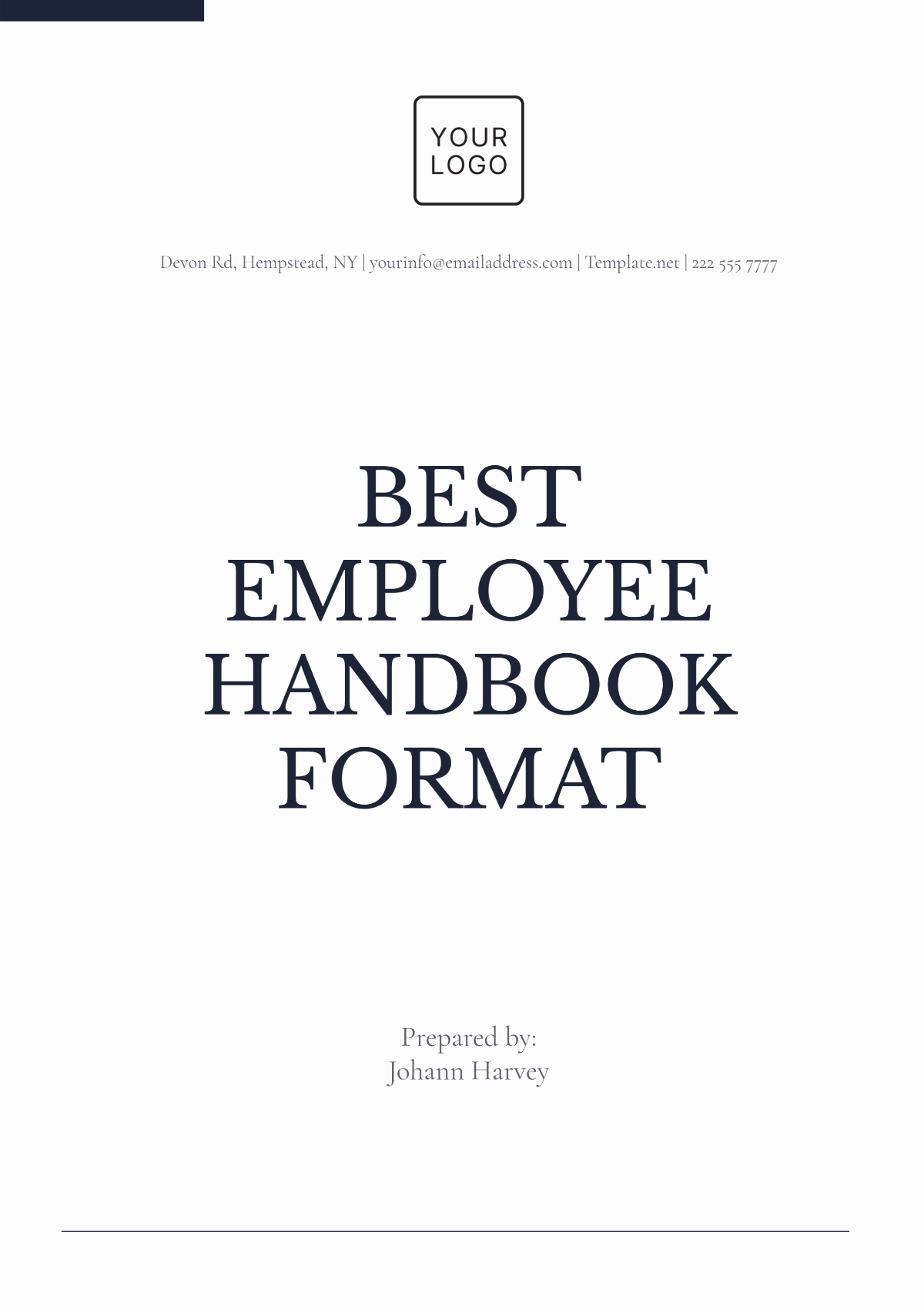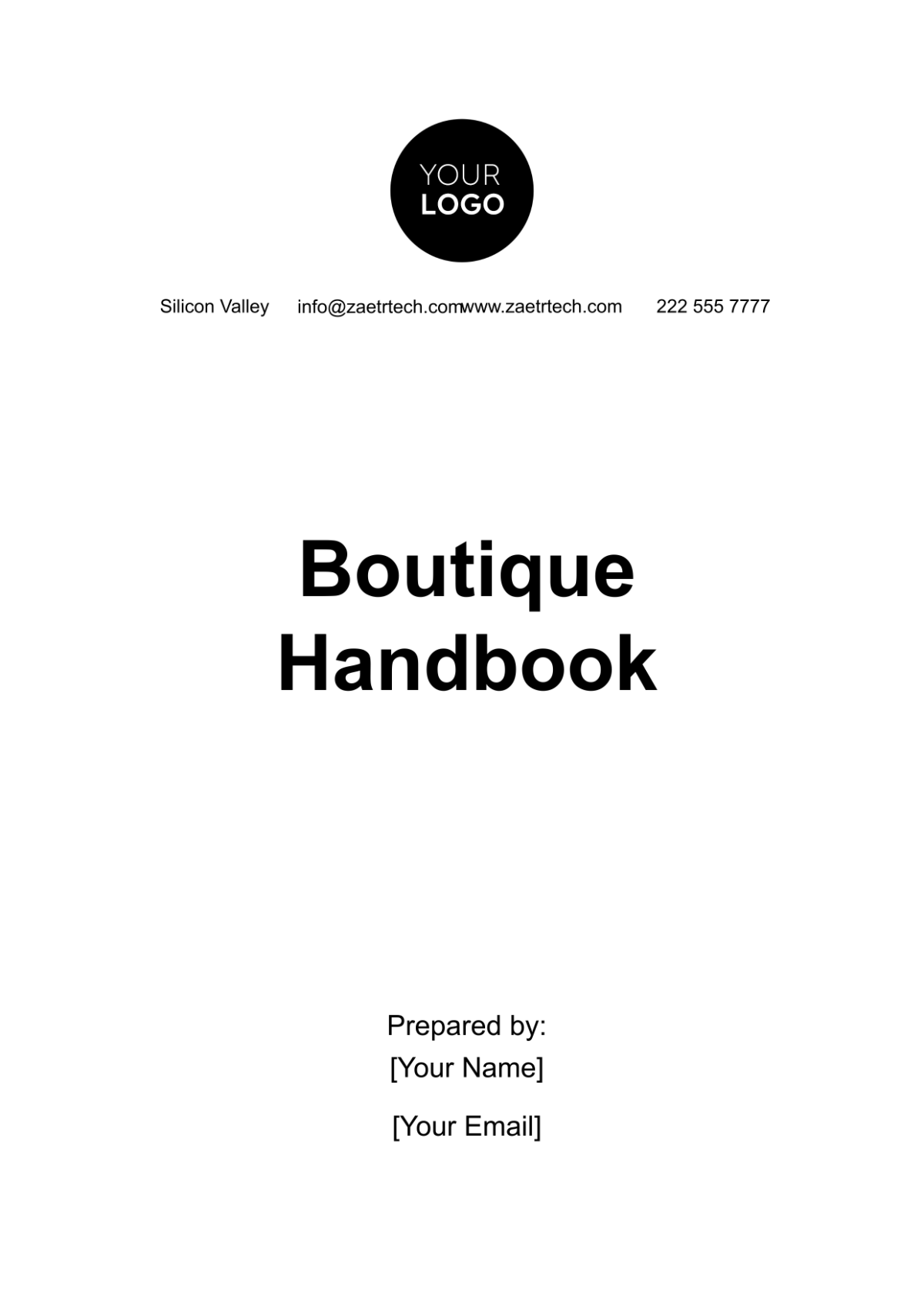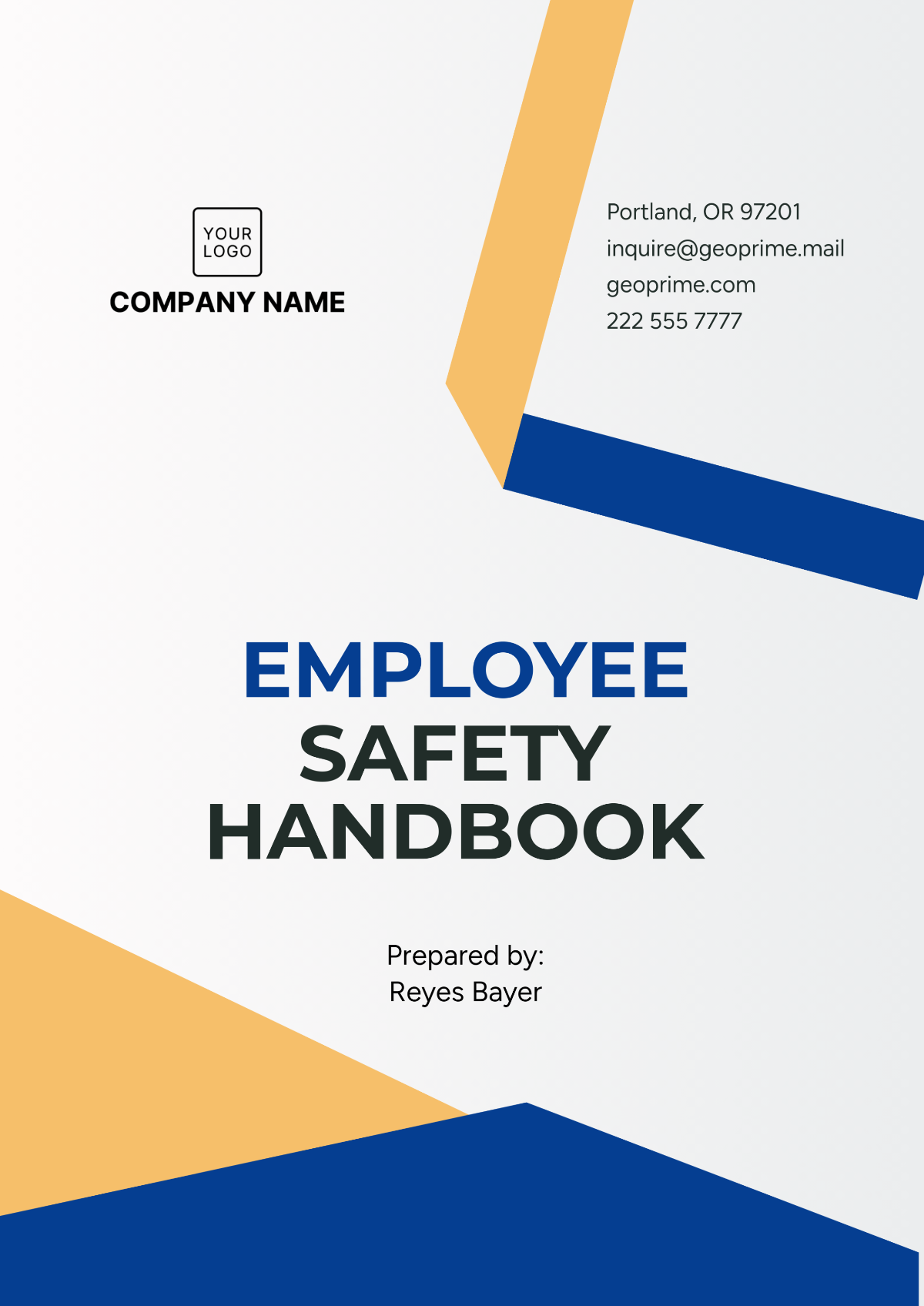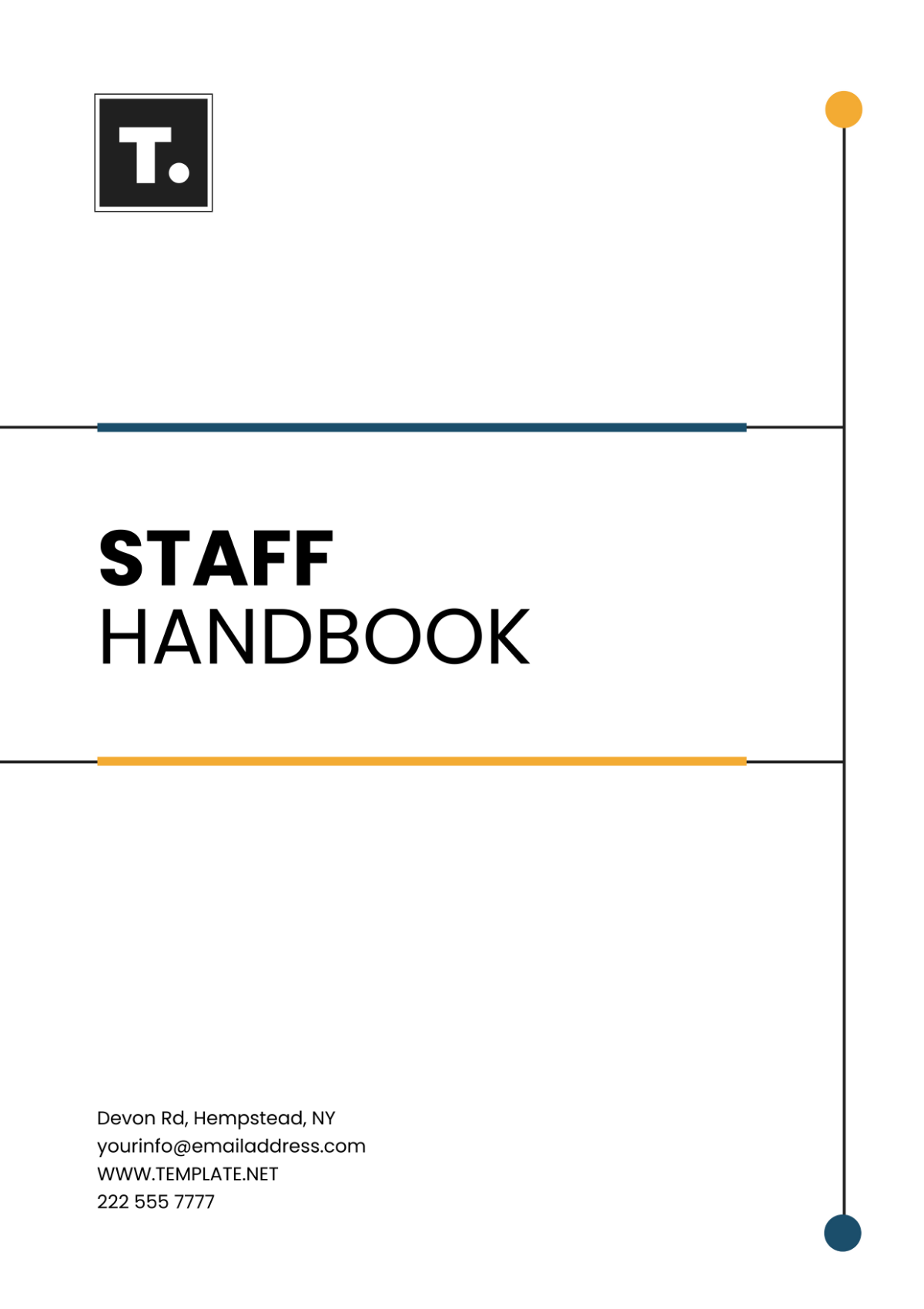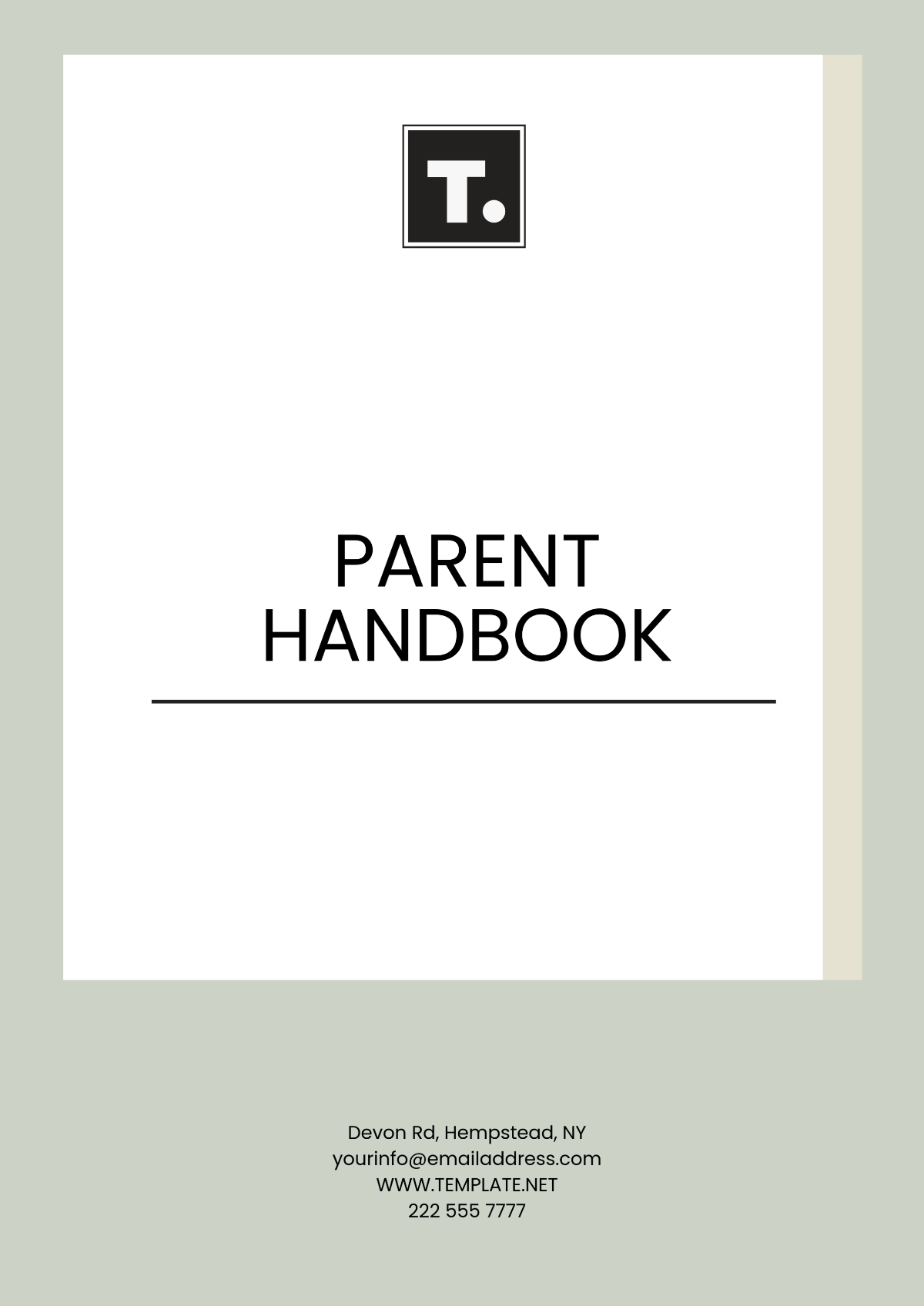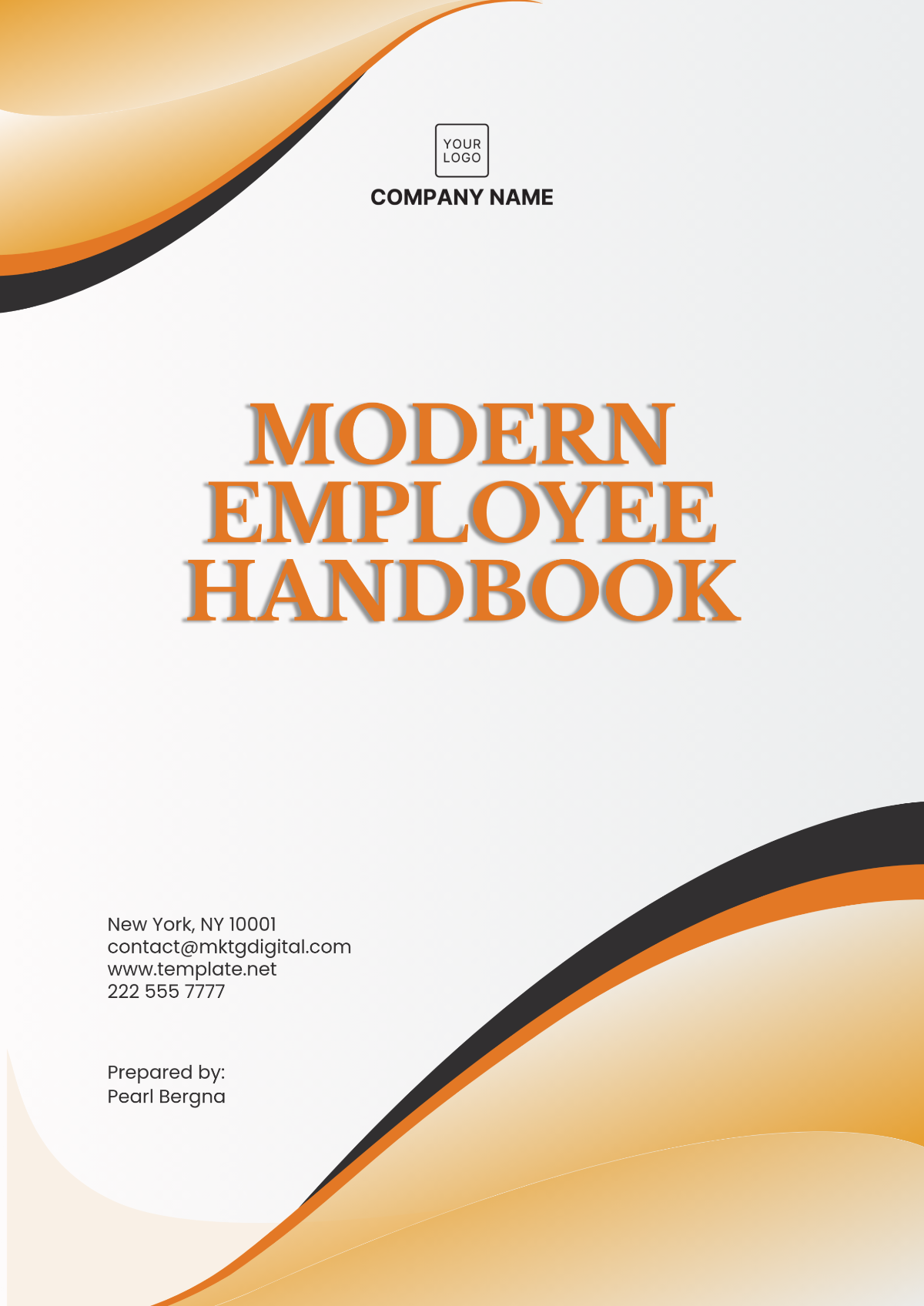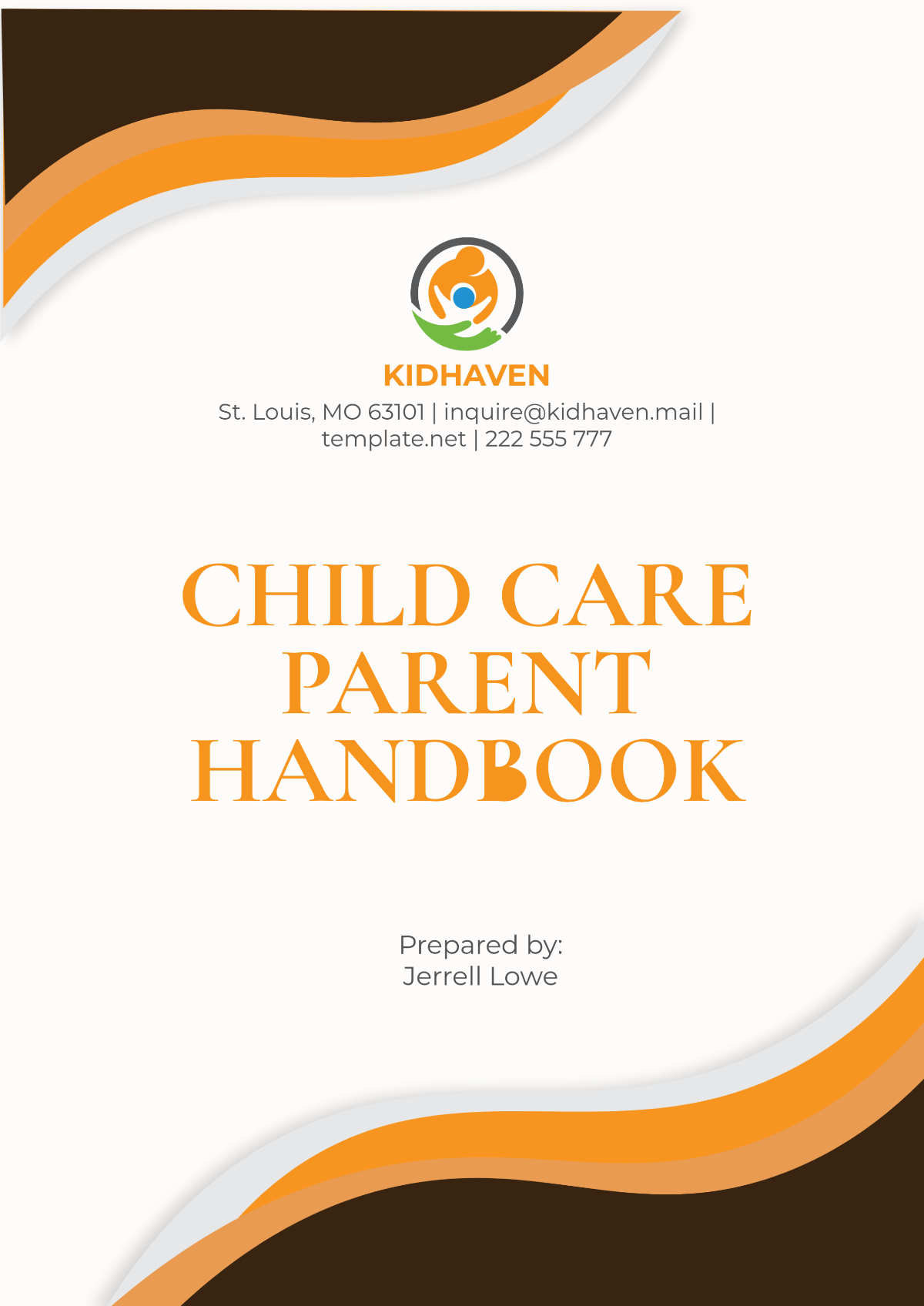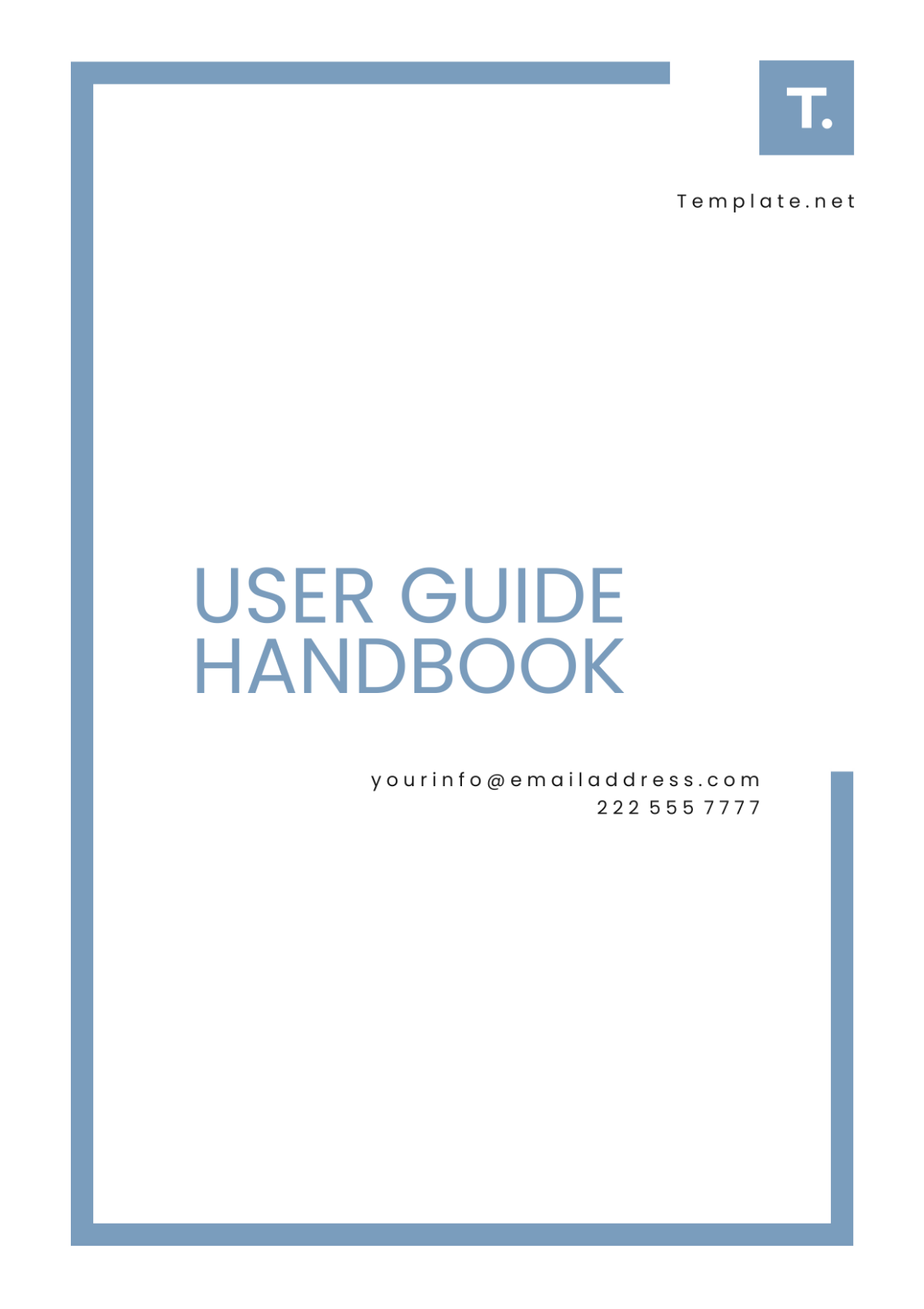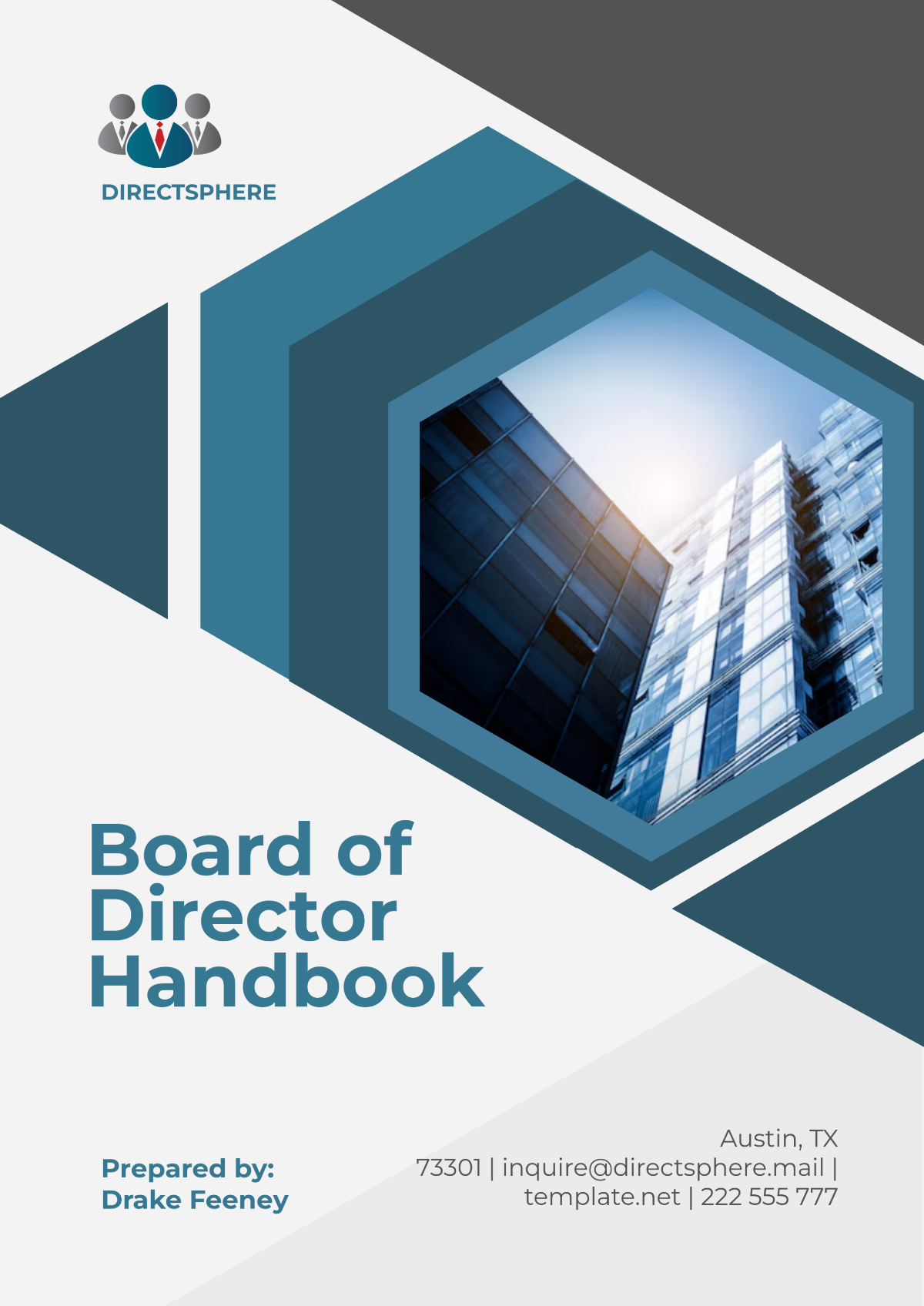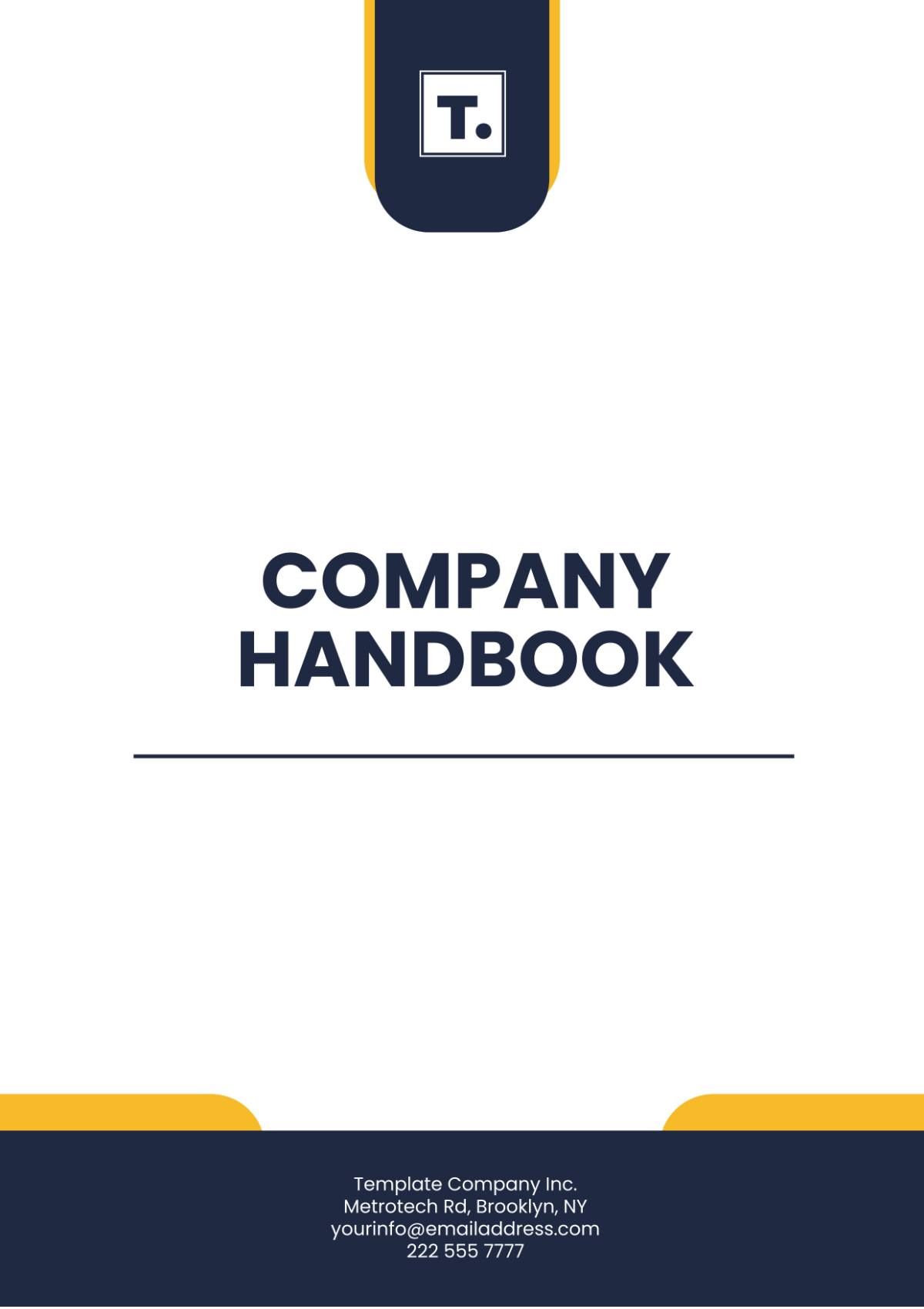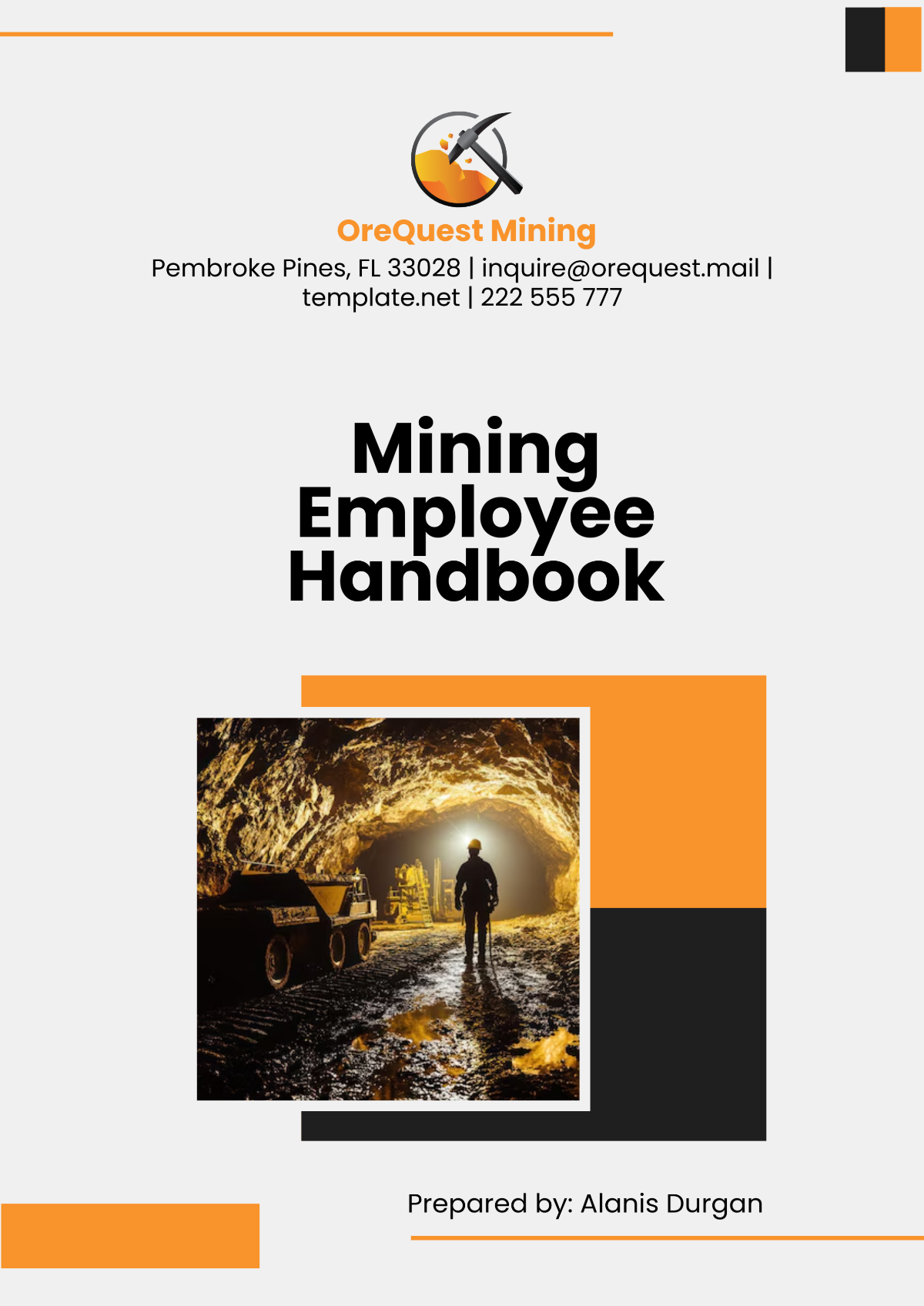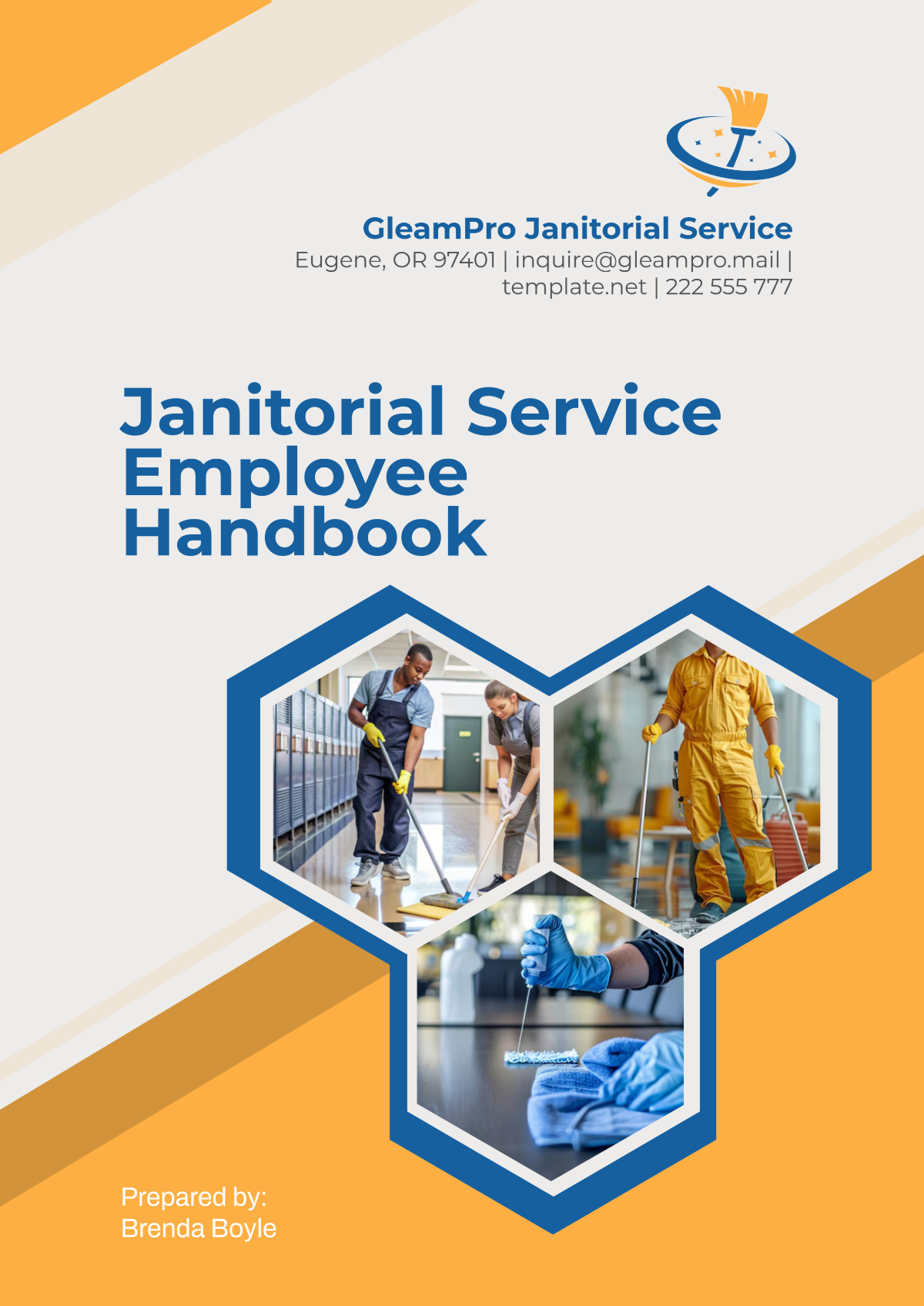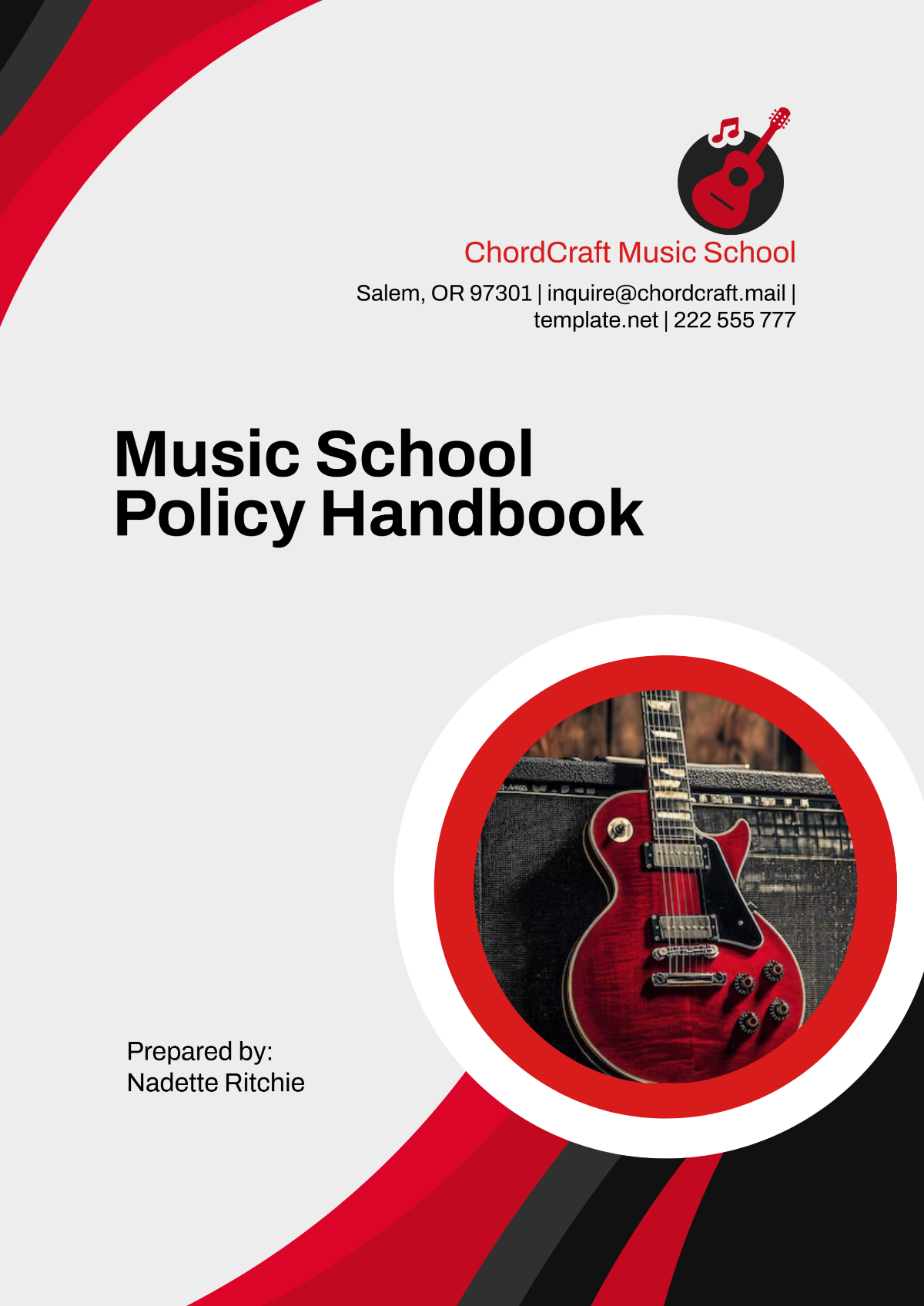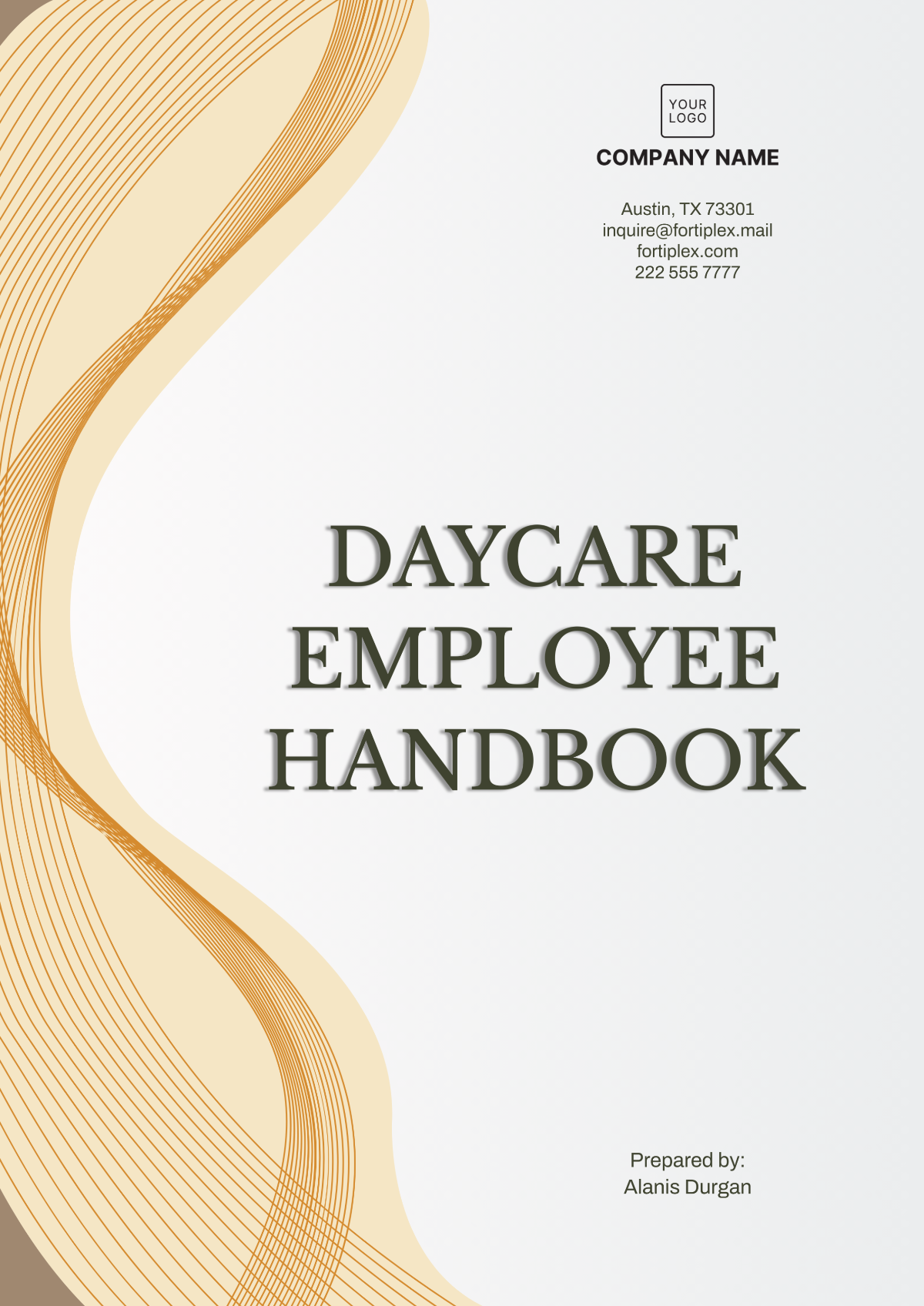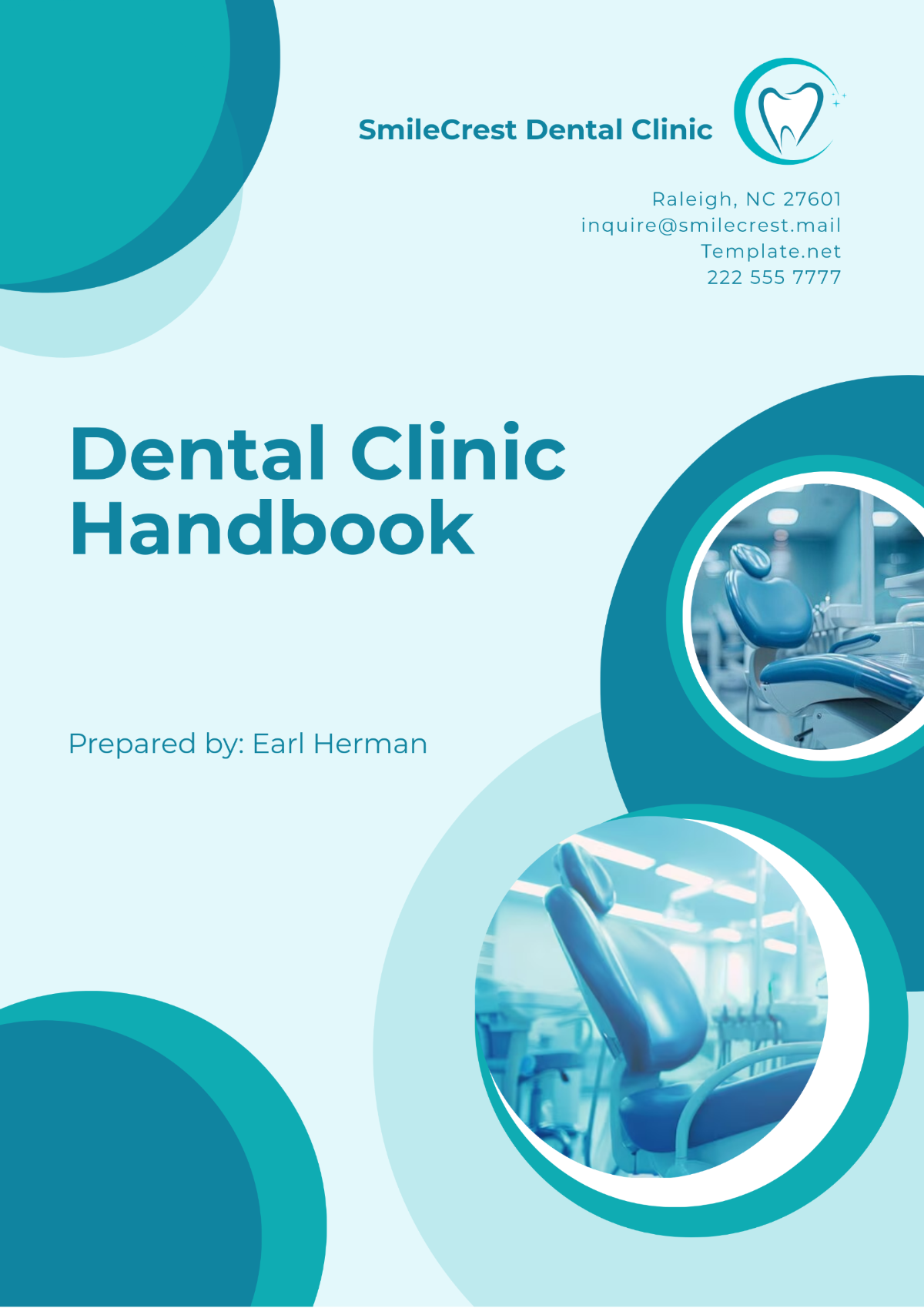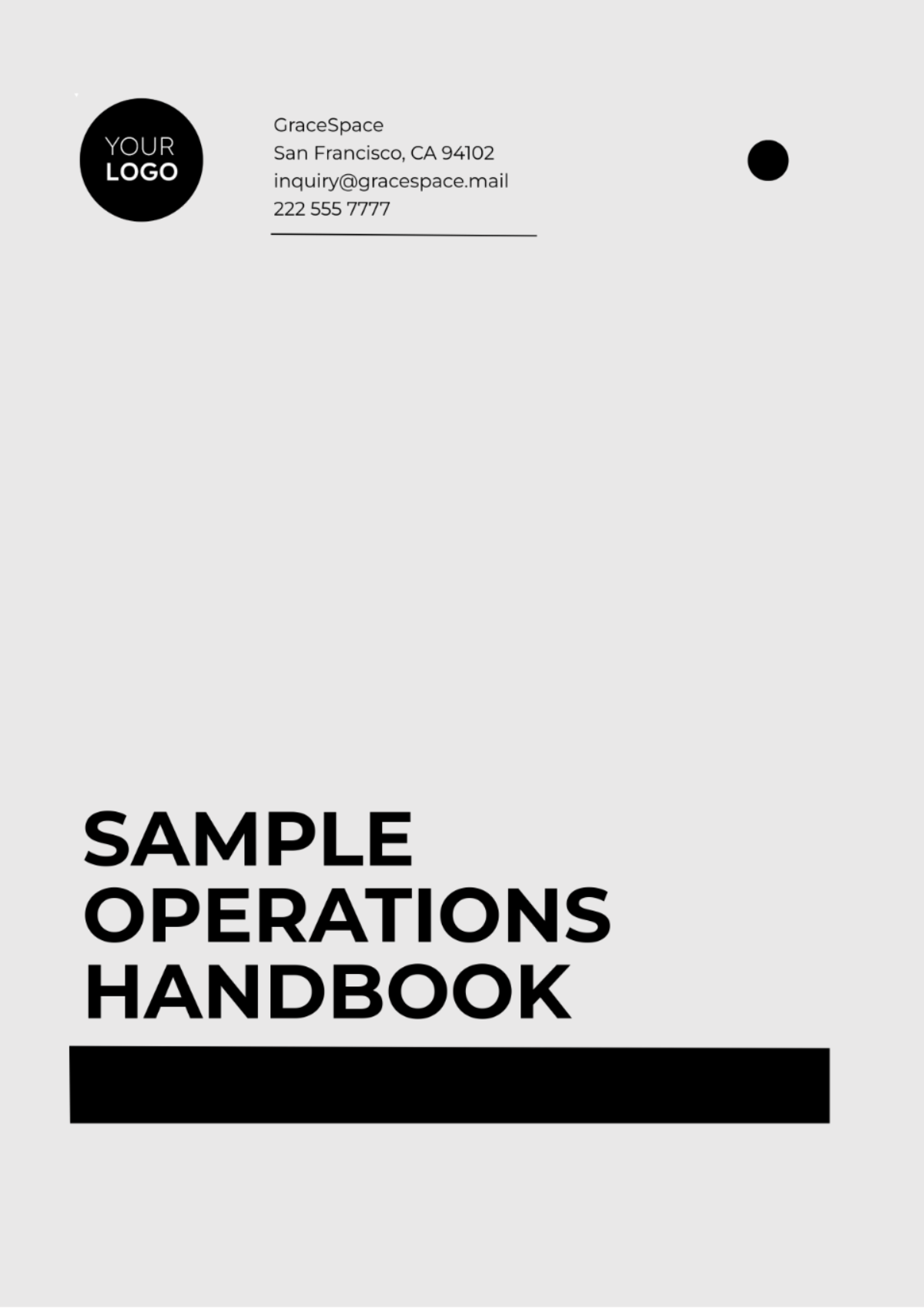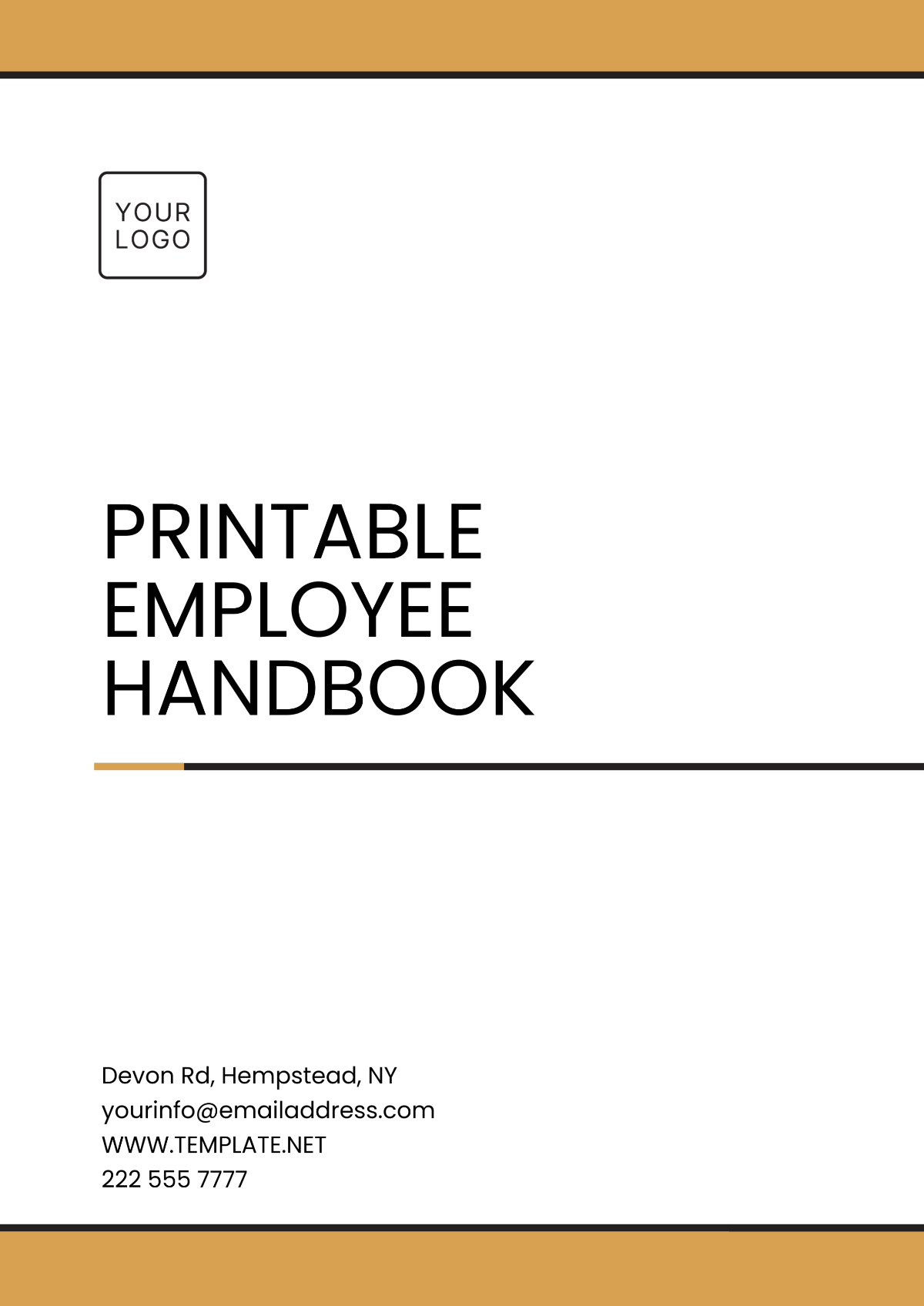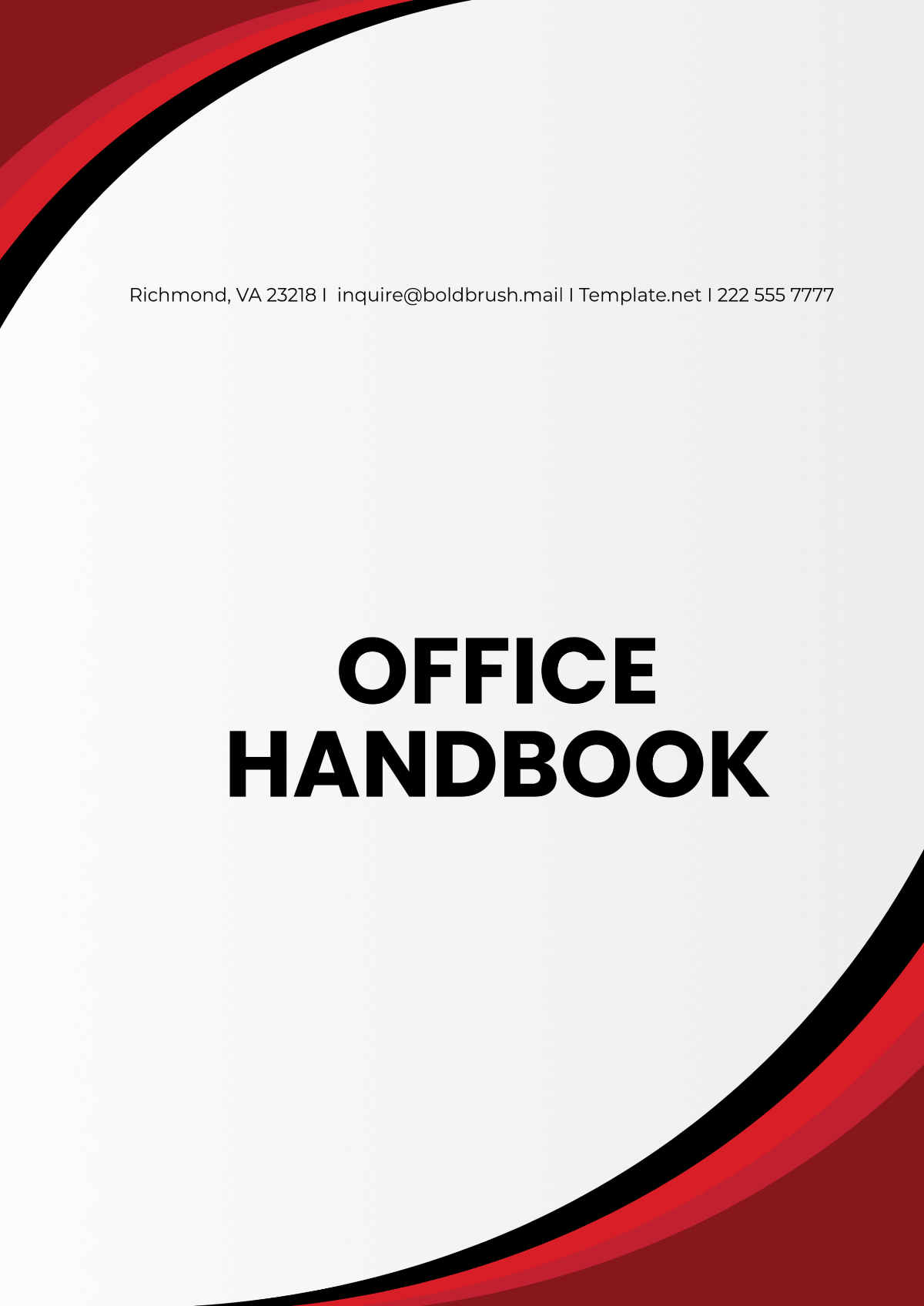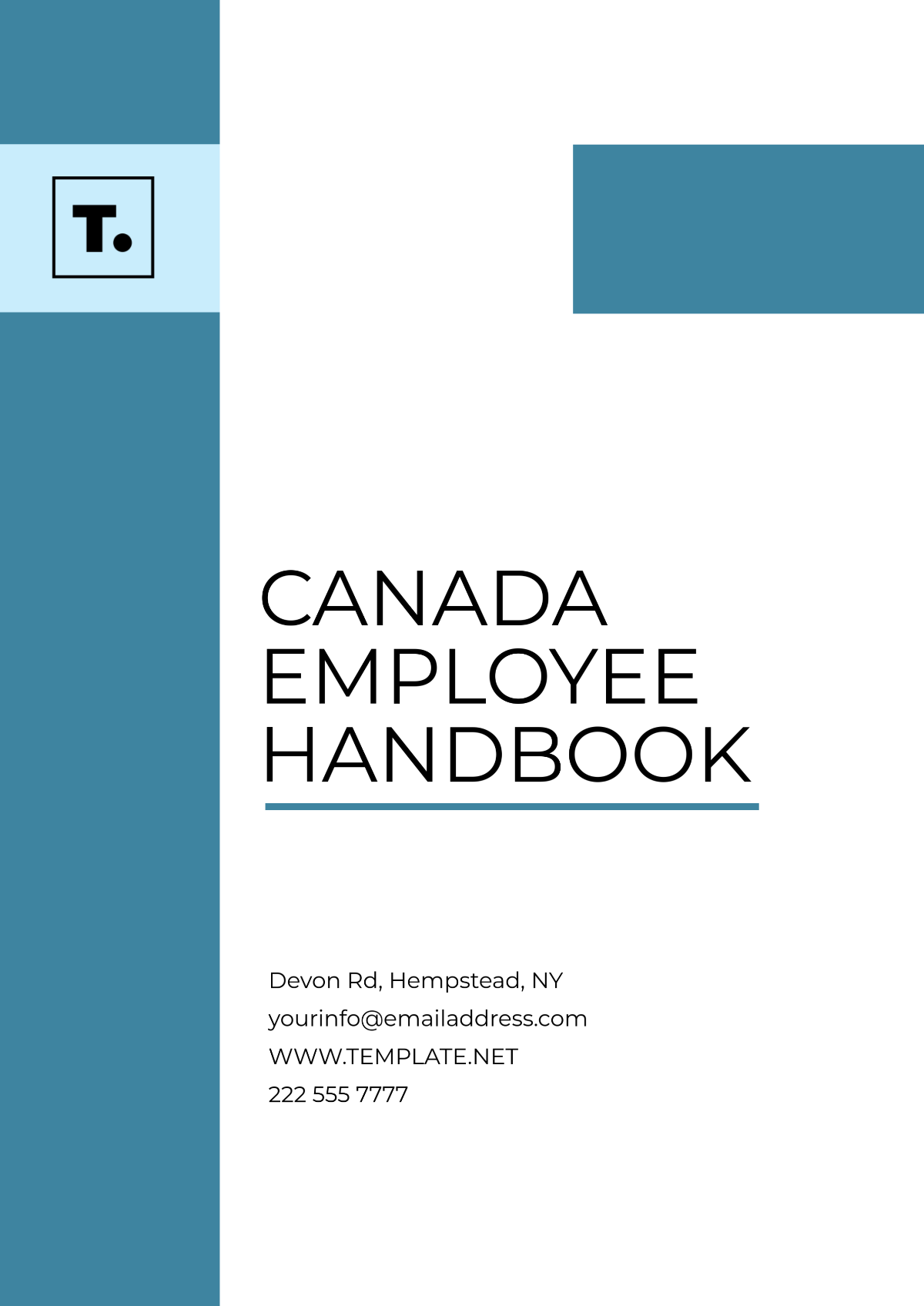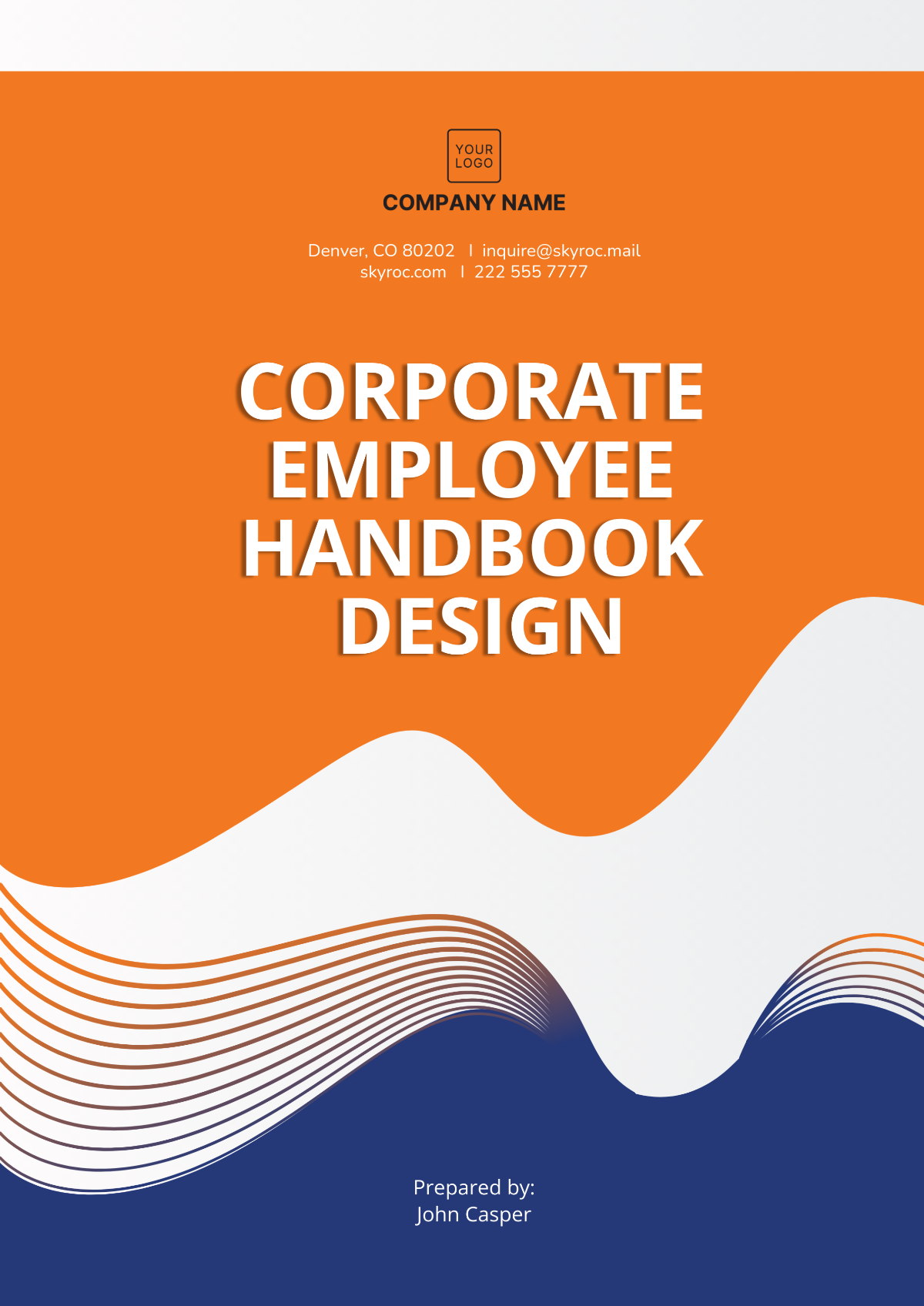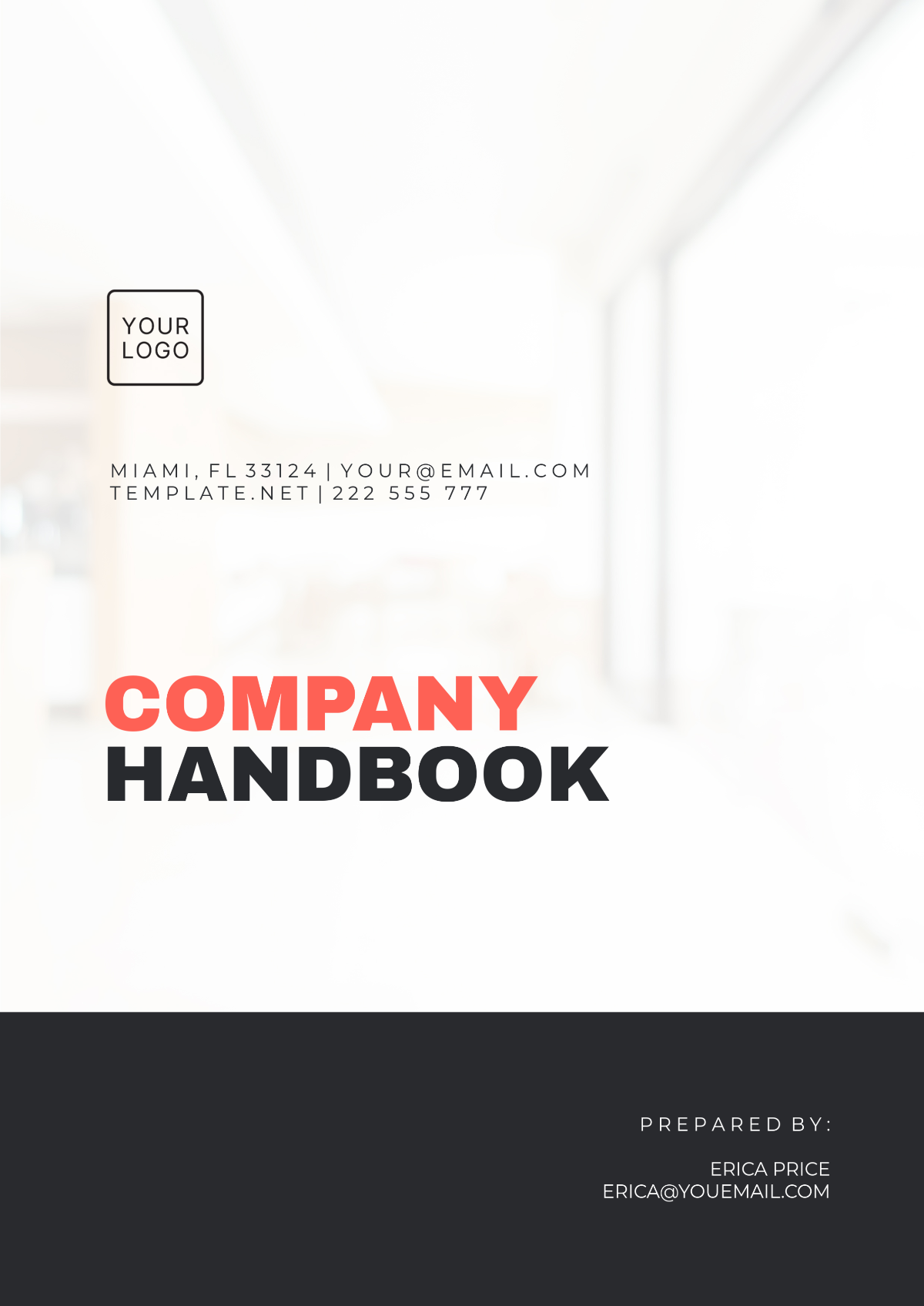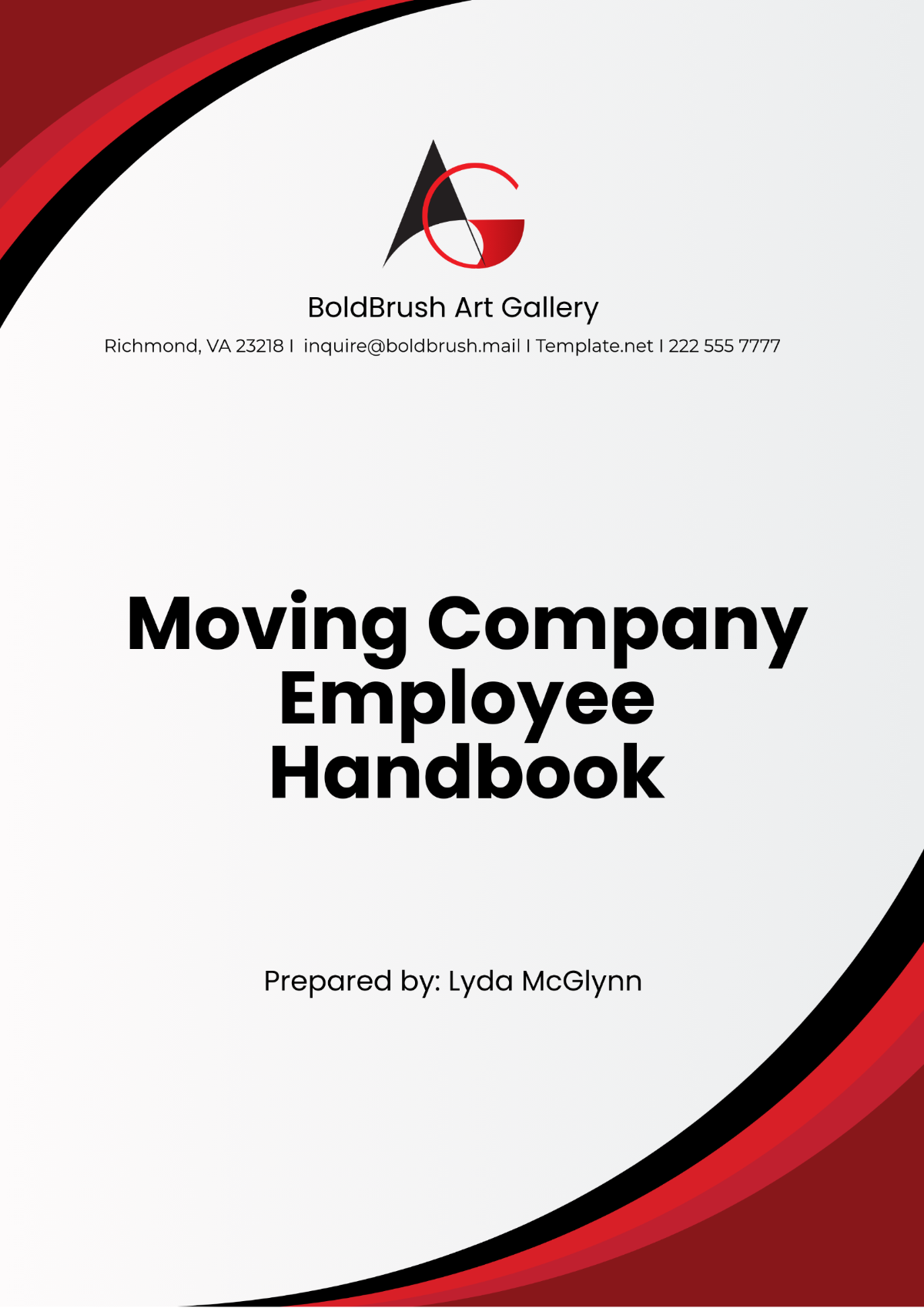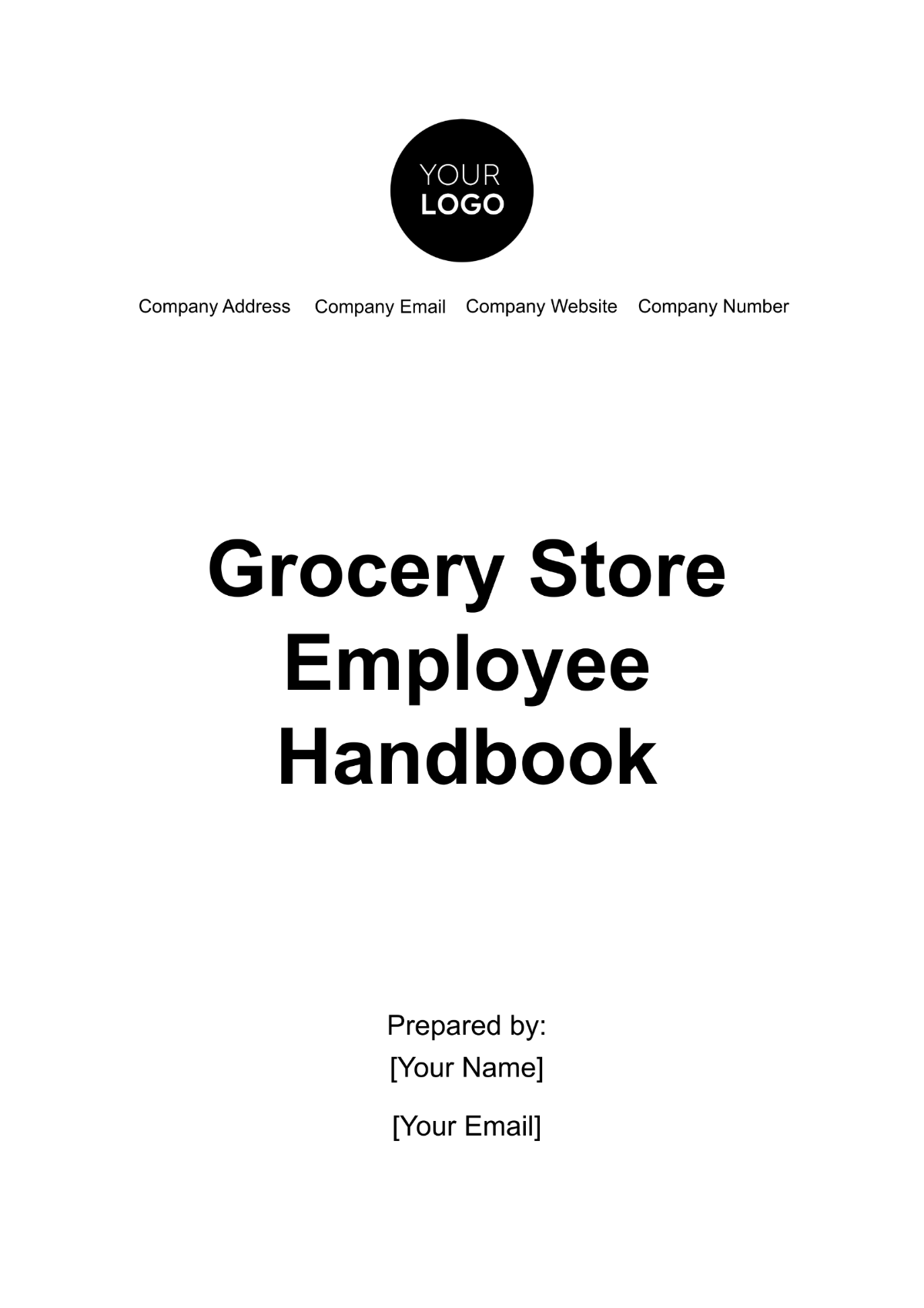Hazard Control Handbook
Introduction
A. Purpose
The purpose of this Hazard Control Handbook is to provide comprehensive guidance on identifying, assessing, and controlling hazards in the workplace. The primary goal is to ensure the safety and well-being of all individuals associated with [Your Company Name], including employees, contractors, visitors, and the community at large. By adhering to the guidelines outlined in this handbook, we aim to create a workplace that is not only productive but also free from unnecessary risks and potential harm.
B. Scope
This Hazard Control Handbook applies to all employees and contractors of [Your Company Name], regardless of their position or role within the organization. It encompasses all aspects of hazard control within the workplace, whether it be in office settings, manufacturing facilities, laboratories, or any other work environment associated with our operations.
The scope of this handbook extends beyond the physical workspace. It also includes work-related activities carried out off-site, such as fieldwork, client visits, and remote work arrangements. The goal is to maintain consistent safety standards and practices regardless of the location or nature of the work being performed.
C. Definitions
To ensure clarity and understanding throughout this handbook, the following key definitions are provided:
Hazard: A hazard is defined as any potential source of harm, danger, or adverse health effects. Hazards can be physical, chemical, biological, ergonomic, psychosocial, or a combination of these factors.
Risk: Risk is the likelihood and severity of a hazard causing harm. It involves assessing the probability of an incident occurring and the potential consequences if it does.
Hazard Identification
A. Types of Hazards
To effectively manage workplace safety, it is crucial to recognize and categorize hazards into different types:
Physical Hazards: These include hazards related to the physical properties of objects or conditions in the workplace, such as moving machinery, electrical hazards, and slips, trips, and falls.
Chemical Hazards: Chemical hazards pertain to the presence of potentially harmful substances in the workplace. These can include toxic chemicals, flammable materials, and hazardous gasses.
Biological Hazards: Biological hazards involve exposure to living organisms or biological materials that can cause health risks. Examples include pathogens, bacteria, viruses, and allergens.
Ergonomic Hazards: Ergonomic hazards relate to factors that affect an individual's physical comfort and well-being at work. This includes ergonomic design, repetitive tasks, and improper workstation setup.
Psychosocial Hazards: Psychosocial hazards encompass the psychological and social factors that can impact an individual's mental health and well-being. These can include workplace stress, harassment, and bullying.
B. Hazardous Substances
A significant aspect of hazard identification involves recognizing and managing hazardous substances present in the workplace. These substances can include, but are not limited to, chemicals, gasses, liquids, and materials that pose health risks to employees and the environment.
Risk Assessment
A. Risk Assessment Process
The risk assessment process is a fundamental component of hazard control. It involves a systematic evaluation of potential hazards, their likelihood of occurrence, and the severity of their consequences. By conducting risk assessments, [Your Company Name] aims to make informed decisions about prioritizing and implementing control measures.
The risk assessment process typically involves the following steps:
Identify Hazards: Begin by identifying all potential hazards within the workplace. This includes considering the types of hazards mentioned in Section 2.1, such as physical, chemical, biological, ergonomic, and psychosocial hazards.
Assess Likelihood: Determine how likely it is that each identified hazard will result in an incident or injury. This can be categorized as high, moderate, or low likelihood.
Assess Consequence: Evaluate the potential consequences of each hazard. Consequences may range from minor injuries to severe harm, property damage, or environmental impact. Consequences are often categorized as major, moderate, or minor.
Calculate Risk: Combine the likelihood and consequence assessments to calculate the overall risk level for each hazard. This can be represented using a risk matrix, as discussed in Section 3.2.
Prioritize Risks: Based on the calculated risk levels, prioritize hazards for control measures. High-risk hazards should receive immediate attention, while lower-risk hazards can be addressed in due course.
B. Risk Matrix
A risk matrix is a visual tool used to determine the level of risk associated with specific hazards. It allows for a quick and clear assessment of risk based on likelihood and consequence. A sample risk matrix may look like the following:
Likelihood / Consequence | Major | Moderate | Minor |
High | High | High | Moderate |
Moderate | High | Moderate | Low |
Low | Moderate | Low | Low |
In this matrix, the intersection of likelihood and consequence provides an overall risk rating for each hazard, which can be used to prioritize control measures.
C. Sample Risk Assessment
To illustrate the risk assessment process, let's consider a hypothetical scenario:
Hazard: Chemical Spill in Laboratory
Likelihood: High (Frequent occurrence due to regular chemical handling)
Consequence: Major (Potential for severe chemical exposure and environmental contamination)
Risk Level: High (Based on the risk matrix, where high likelihood and major consequence intersect)
Based on this risk assessment, immediate and robust control measures should be put in place to mitigate the risk of a chemical spill in the laboratory, including spill response protocols, proper storage, and employee training.
Hazard Control Measures
A. Engineering Controls
Engineering controls are physical changes or modifications that are implemented to eliminate or reduce hazards at their source. They are considered the most effective means of hazard control. Examples of engineering controls include:
Machine Guards: Installing guards or barriers on machinery to prevent contact with moving parts.
Ventilation Systems: Implementing effective ventilation systems to control airborne contaminants.
Safety Interlocks: Incorporating interlocking mechanisms to ensure safe equipment operation.
Engineering controls not only protect employees but also create a safer working environment overall. [Your Company Name] is committed to assessing and implementing engineering controls wherever possible to minimize workplace hazards.
B. Administrative Controls
Administrative controls involve establishing policies, procedures, and work practices to reduce or manage hazards. While not as effective as engineering controls, they are essential in complementing hazard management efforts. Examples of administrative controls include:
Safety Training: Providing comprehensive training programs to educate employees on hazard awareness and safe work practices.
Shift Scheduling: Managing work schedules to reduce employee fatigue and the potential for errors.
Permit-to-Work Systems: Implementing systems that require permits for high-risk activities, ensuring proper procedures are followed.
Administrative controls play a vital role in promoting a culture of safety within [Your Company Name] and ensuring that employees are aware of and compliant with safety protocols.
C. Personal Protective Equipment (PPE)
Personal protective equipment (PPE) is the last line of defense against workplace hazards. When engineering and administrative controls are not feasible or insufficient, PPE must be provided and used appropriately. PPE includes items such as:
Helmets
Gloves
Safety Glasses
Respirators
Earplugs
[Your Company Name] is responsible for selecting and providing appropriate PPE, ensuring proper fit and maintenance, and training employees on its correct use. Employees are also responsible for using PPE as required to protect themselves from identified hazards.
D. Sample Control Measures
Hazard | Control Measures |
Chemical Spill | Installation of chemical spill kits in all labs |
Training employees on spill response procedures | |
Regular inspection of chemical storage areas | |
Trip Hazards | Placement of warning signage and floor markings |
Frequent inspection and prompt repair of hazards | |
Noise | Provision of noise-canceling earplugs to employees |
Engineering controls such as noise barriers | |
Regular audiometric testing for noise-exposed employees |
Training and Education
A. Employee Training
Training and education are critical components of hazard control. Employees must be well-informed about workplace hazards, safe work practices, and emergency procedures to mitigate risks effectively.
New Employee Orientation: Conduct comprehensive orientations for all new employees, ensuring they receive essential safety information. Cover topics such as hazard recognition, PPE usage, and emergency response protocols.
Ongoing Training: Provide regular training sessions and refresher courses to keep employees up-to-date with safety practices and any changes in procedures or equipment.
Specialized Training: Depending on job roles, offer specialized training on topics such as chemical handling, machine operation, or emergency evacuation procedures.
B. Hazard Communication
Clear and effective communication about hazards and safety measures is vital. Ensure that all employees are aware of how information is conveyed within the workplace.
Labeling and Signage: Implement clear labeling of hazardous materials and areas and use standardized safety signs and symbols.
Safety Data Sheets (SDS): Maintain readily accessible SDS for all hazardous substances and ensure that employees understand how to interpret them.
Safety Meetings: Organize regular safety meetings or toolbox talks to discuss recent incidents, safety concerns, and updates to safety protocols.
C. Sample Training Schedule
Training Topic | Audience | Frequency | Trainer |
New Employee Orientation | All New Employees | Upon Hire | Safety Officer |
Hazard Recognition | All Employees | Annually | Safety Trainer |
Chemical Handling | Lab Personnel | Bi-Annually | Chemical Specialist |
Emergency Evacuation | All Employees | Quarterly | Safety Officer |
Monitoring and Inspection
A. Regular Inspections
Regular inspections are essential to ensure that control measures are effective and hazards are promptly identified and addressed.
Frequency: Conduct inspections on a regular basis, with the frequency determined by the level of risk associated with the workplace or specific hazards.
Checklists: Utilize comprehensive checklists to guide inspections and ensure that no critical aspects are overlooked.
B. Sample Inspection Checklist
Hazardous materials storage
Machine safety guards
Fire prevention measures
First aid kits and emergency equipment
PPE usage compliance
Housekeeping and cleanliness
Emergency exit accessibility
Incident Reporting and Investigation
A. Reporting Procedures
Timely and accurate reporting of incidents, near misses, and hazards is crucial for effective hazard control and continuous improvement. It ensures that issues are addressed promptly and that lessons can be learned to prevent future incidents.
Incident Classification: Define categories for incidents, including near misses, minor incidents, and major incidents. Ensure that all employees understand how to classify incidents accurately.
Reporting Channels: Establish clear reporting channels, such as a designated reporting platform or contact person, to ensure that incidents are reported to the appropriate parties promptly.
Timeliness: Emphasize the importance of reporting incidents immediately or as soon as reasonably possible after they occur or are identified.
B. Investigation Process
An effective investigation process helps identify the root causes of incidents and hazards, enabling corrective actions to be taken.
Investigation Team: Form an investigation team consisting of qualified individuals who can objectively analyze incidents and near misses.
Root Cause Analysis: Use methods like the "5 Whys" or "Fishbone Diagram" to identify the underlying causes of incidents, not just the immediate triggers.
Documentation: Maintain thorough records of incident investigations, including findings, conclusions, and recommendations.
Documentation
A. Record Keeping
Maintaining accurate and accessible records related to hazard control, incidents, training, and inspections is essential for legal compliance, accountability, and continuous improvement.
Retention Period: Establish clear guidelines for how long records should be retained. This may vary depending on the type of record, legal requirements, and industry standards.
Access: Ensure that authorized personnel have access to relevant records, while also maintaining confidentiality and data protection where necessary.
Continuous Improvement
A. Lessons Learned
Continuous improvement is a cornerstone of effective hazard control. Learning from past incidents and near misses is essential to prevent their recurrence and enhance overall safety.
Incident Review: After each incident or near miss, conduct a thorough review to identify contributing factors, root causes, and areas for improvement.
Feedback Mechanism: Encourage employees to provide feedback on safety procedures and hazard control measures, fostering a culture of openness and learning.
Case Studies: Share case studies of incidents (without revealing personal information) to educate employees about potential risks and prevention measures.
B. Updating the Handbook
The Hazard Control Handbook should not remain static. It should evolve as the workplace changes, new hazards are identified, and control measures are enhanced.
Regular Reviews: Schedule periodic reviews of the handbook to ensure that it remains up-to-date with the latest safety standards, regulations, and best practices.
Employee Involvement: Involve employees in the review process, as they are often the ones closest to potential hazards and may provide valuable insights.
Version Control: Maintain a version control system to track changes and updates to the handbook.
